Only in Kochi
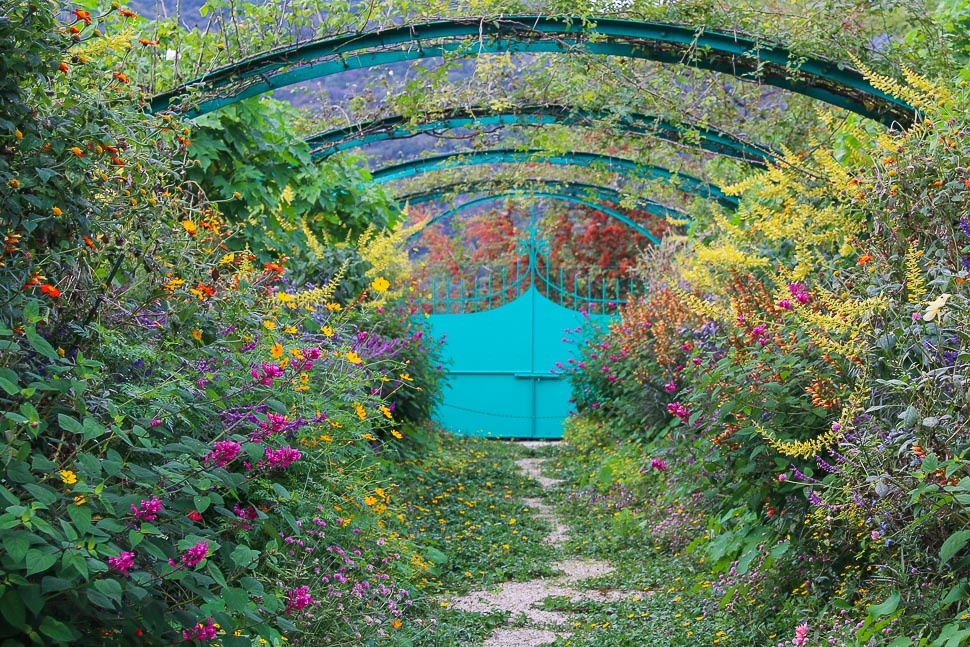
The first time I headed to Kochi Prefecture, I sought out all things spiritual, visiting places of worship, following part of the Shikoku 88 pilgrimage route, and saw some places of great natural beauty. I was eager to go back to check out what else the prefecture offered. This time round, I visited places that can only be seen in Kochi and nowhere else in Japan. I spent a whirlwind couple of days seeing the best of the best and I'm not sure if anything else I see in the country would ever match up.
From the airport, I headed to Otoyo Town where Japan's tallest cedar tree, Sugi no Osugi, lives. Designated as an important natural monument, Sugi no Osugi is said to be over 3000 years old (that's all the way back to the age of Japanese mythology!). Despite having two distinct trunks, the trees are connected at the roots and are considered to be a single tree. Seeing is believing and I was instantly reminded of the massive tree from the Ghibli animation, My Neighbour Totoro.
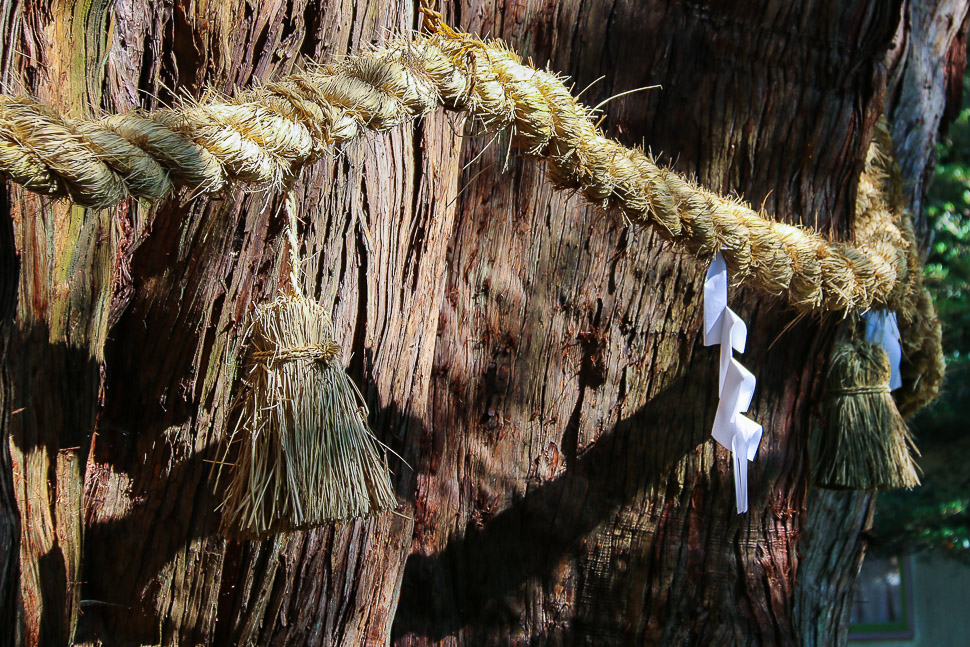
The tree on the left is about 60 meters tall with a girth of 20 meters, while the tree on the right is about 57 meters tall with a girth of 16 to 17 meters. Parts of the cedar tree have started decaying and the damaged portions have been filled in to protect the rest of it, accounting for the scaly look on the trunks. The tree is indeed massive and dwarfs everything else around it.
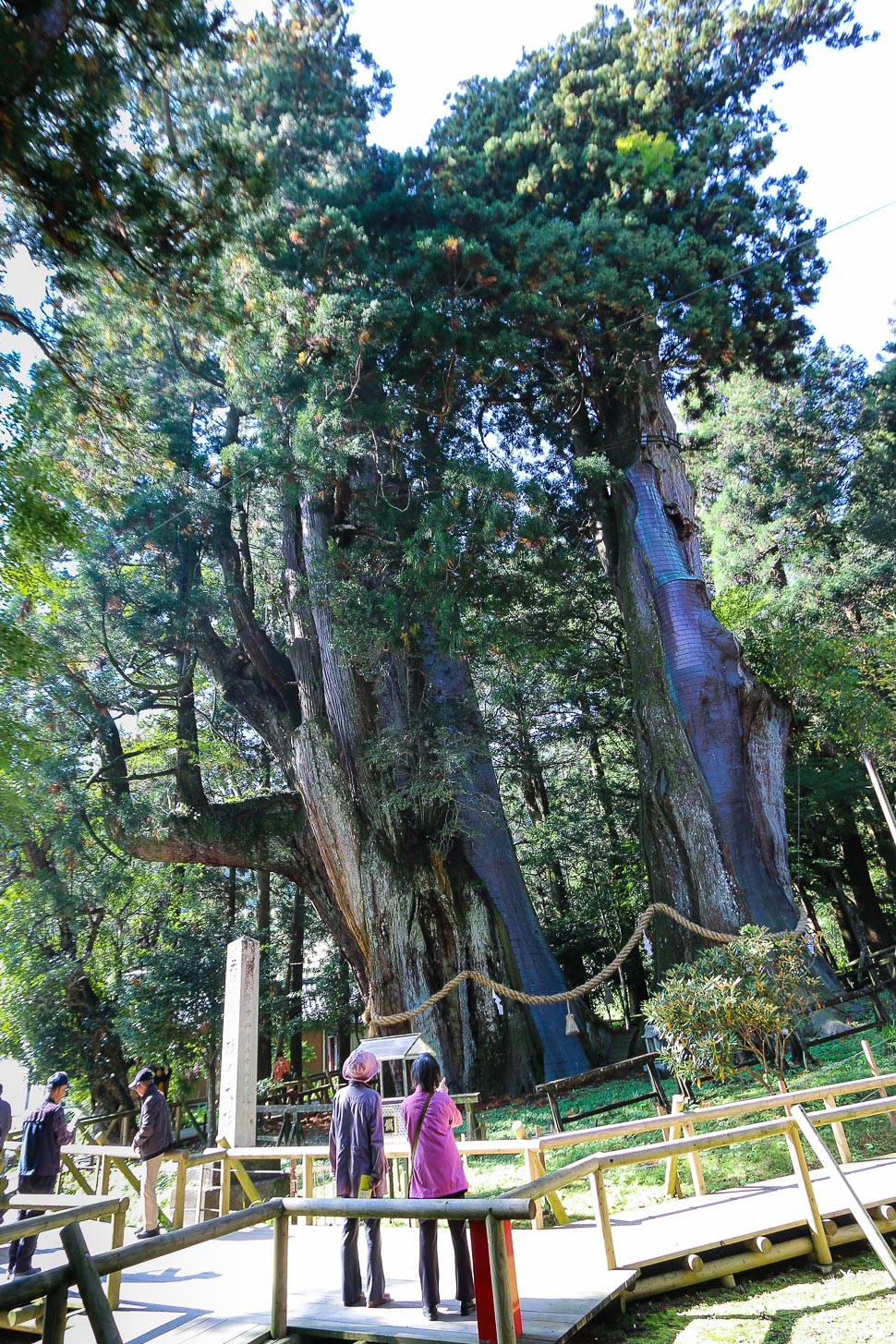
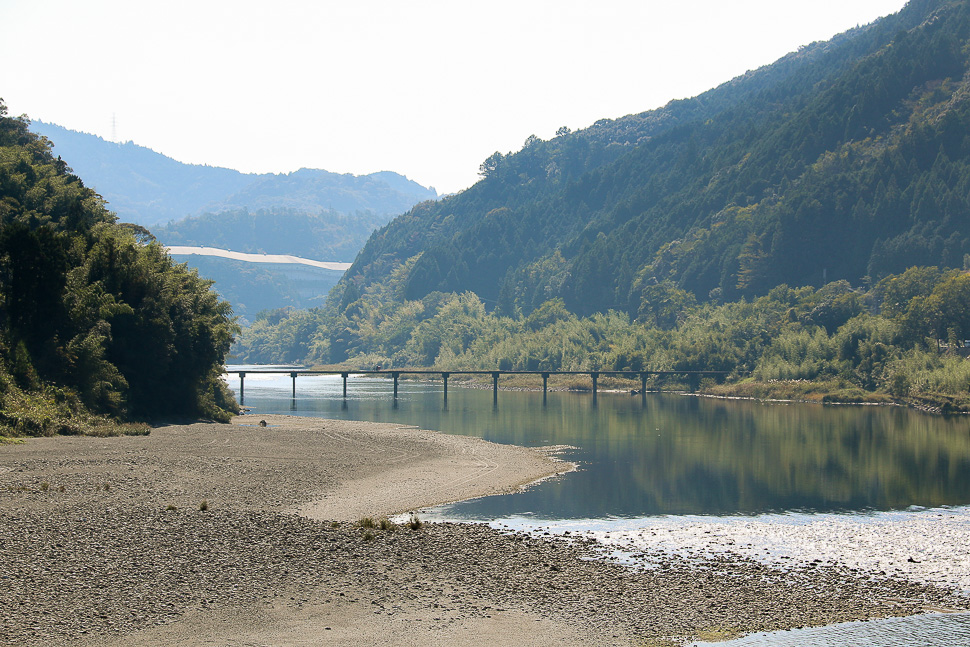
Needing to clear my head of the impossible age of the tree, I moved on towards Yasuikeikoku, a gorge in Niyodogawa Town, about one and a half hours from Kochi City. Part of the road I took to the gorge follows the Niyodo River and I could enjoy sparkling views thanks to the beautiful weather that day. The 124 kilometer long Niyodo River, like the Shimanto River, is one of the top three longest rivers in the whole of Shikoku, and has some of the bluest river waters in all of Japan. River activities like canoe-ing and standup paddling are offered at a couple of facilities along the way and is a good alternative for those who do not want to go all the way to the Shimanto region in Shikoku.
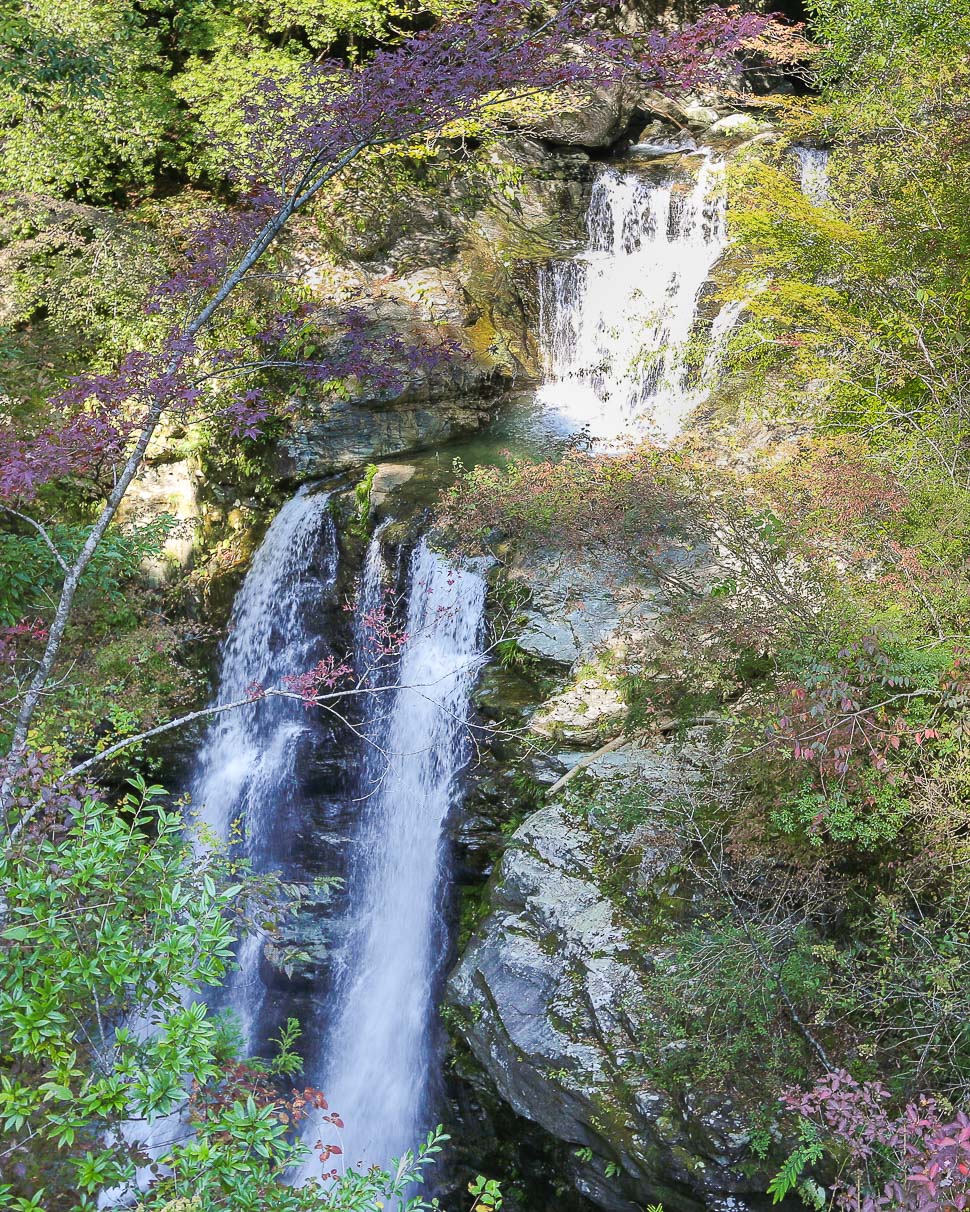
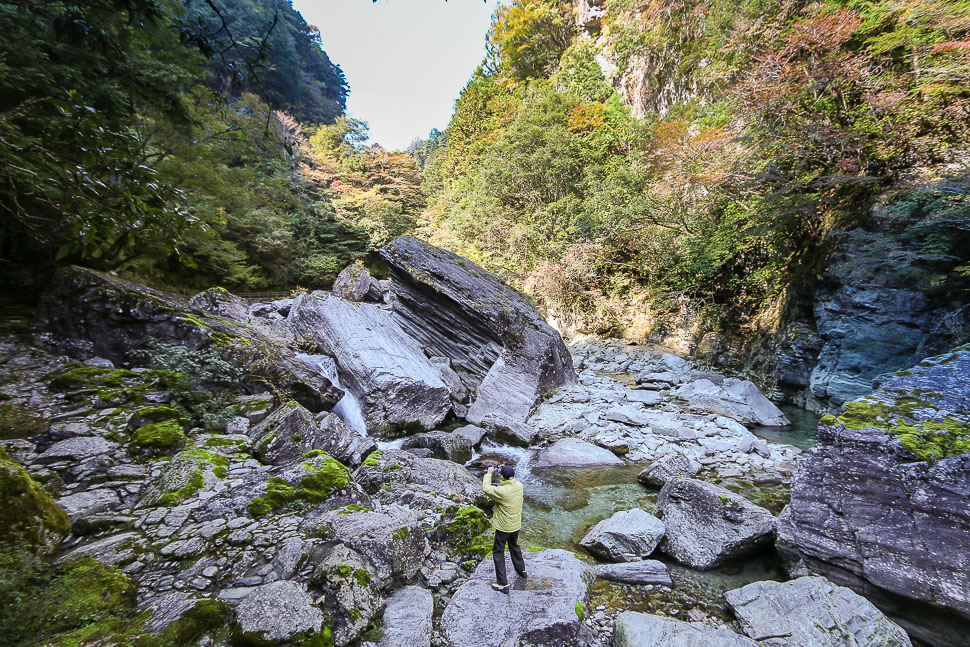
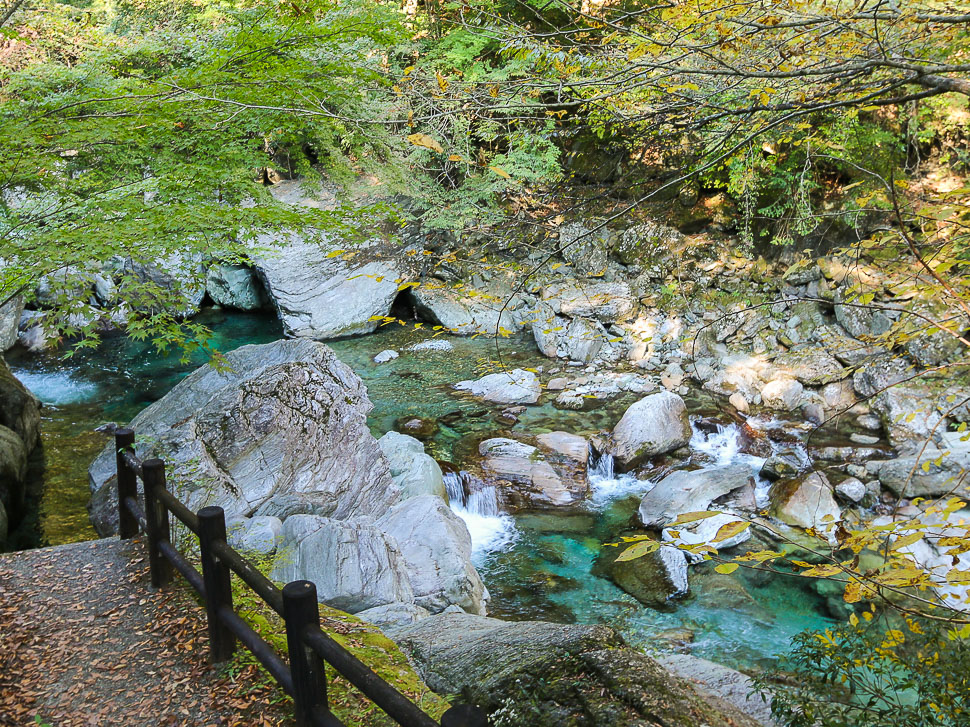
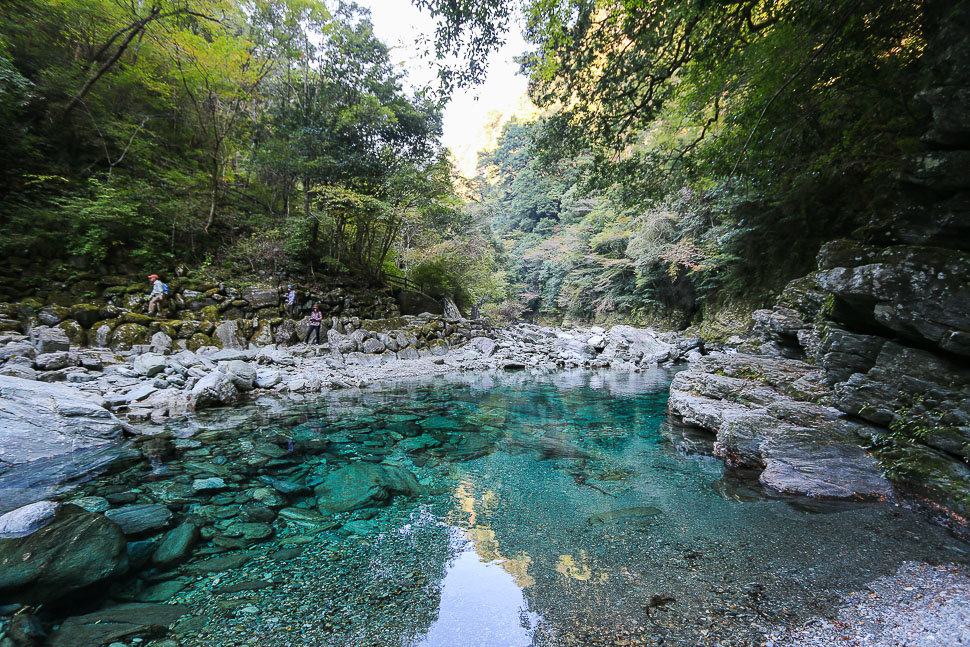
There are a number of waterfalls in Yasui Gorge, and the autumn colors in the area are said to be pretty amazing. Unfortunately for me, I was a little too early to see the fall colors at their peak and only had a glimpse of what is to come. I walked along the tributaries that flow into the Niyodo River, climbed over some large rocks and saw a couple of waterfalls. The water was extremely clear and naturally blue in some areas, tempting me to go in for a swim (which I didn't, but took my shoes off and put my feet in instead).
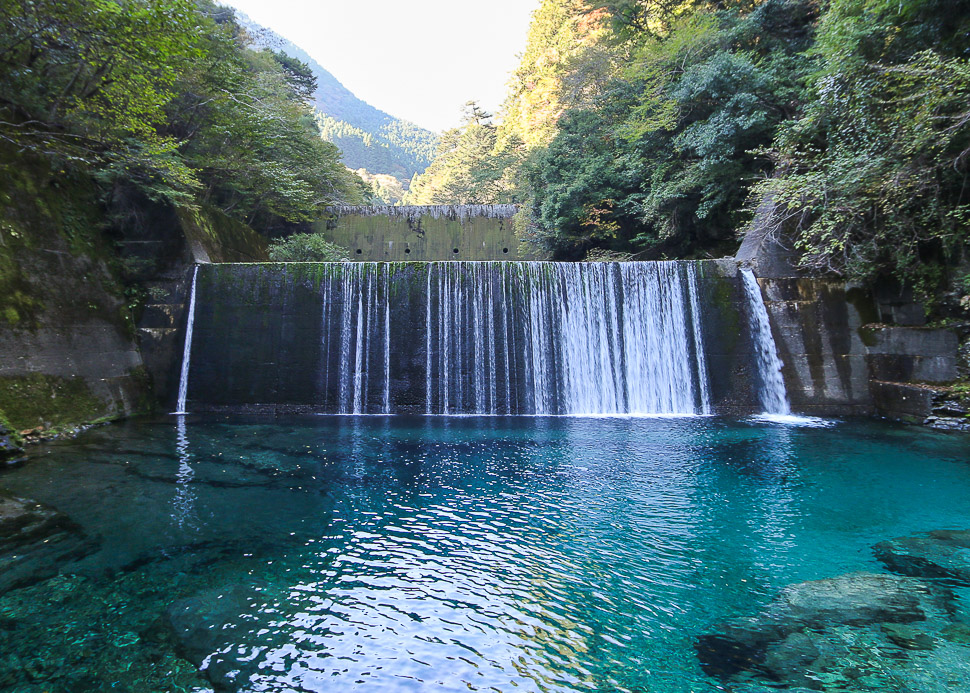
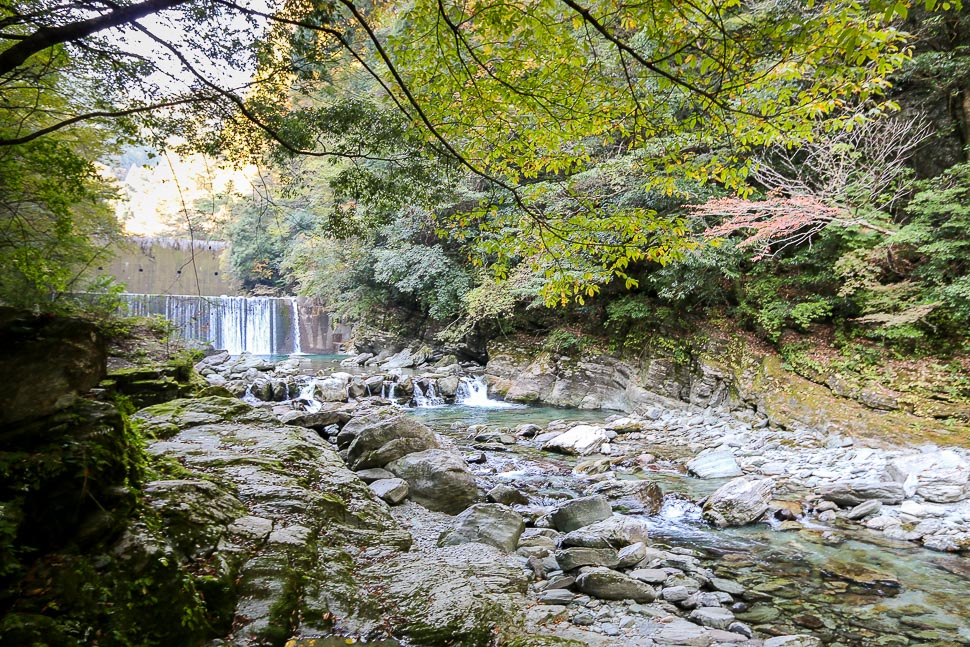
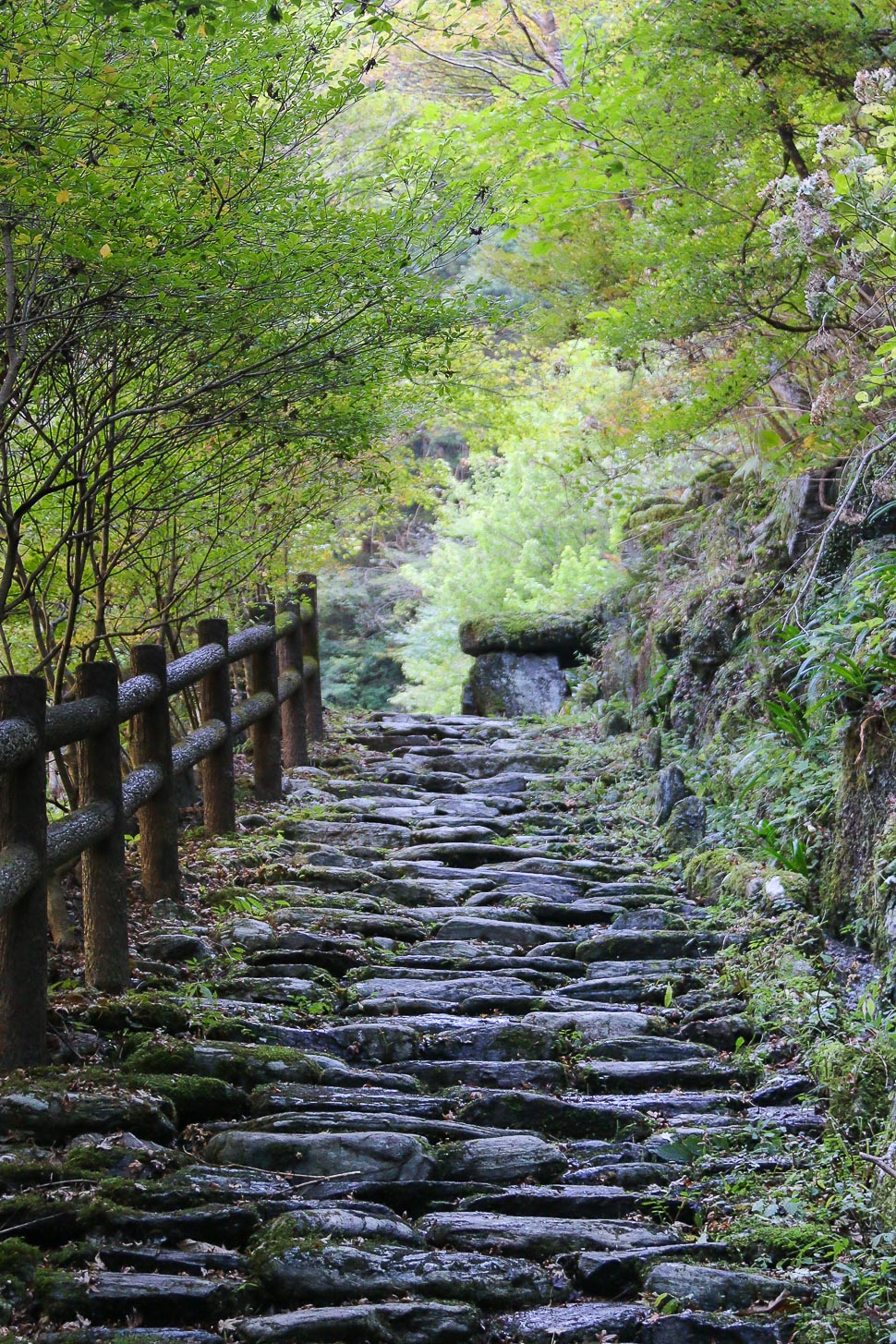
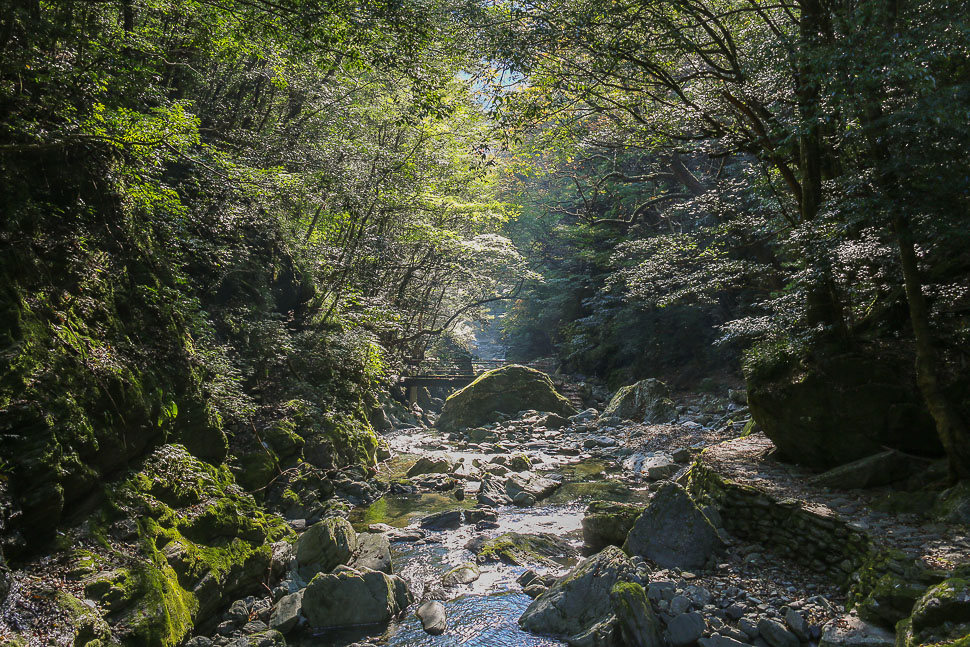
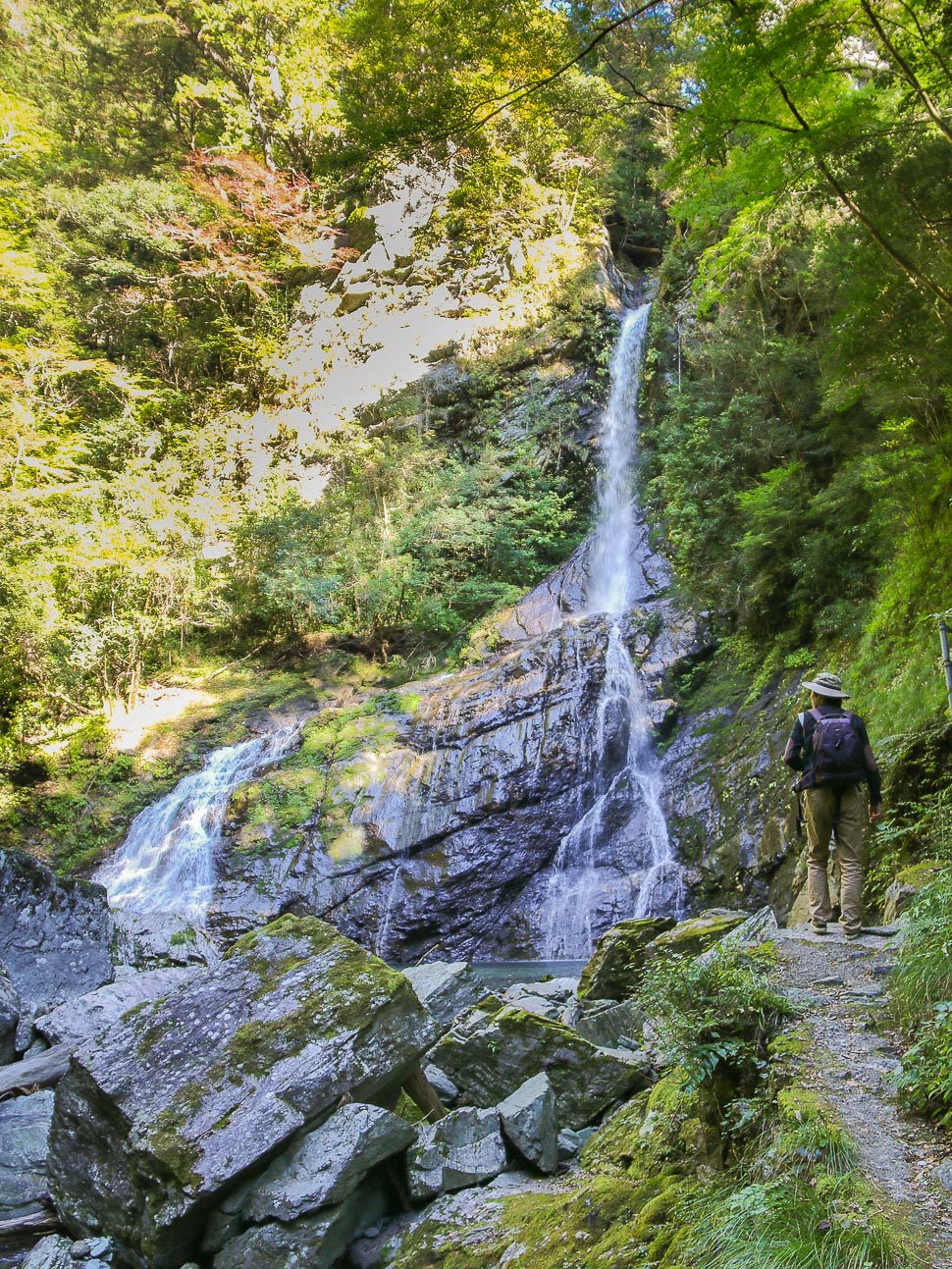
Having had my fill of the great outdoors, it was time for dinner back in Kochi City. If you are in the city, you have to go to Hirome Market, home of some of the finest local food money can buy. Not quite a food court, not really a night market food stall either, but the Hirome Market has quite a unique atmosphere which combines the best of both worlds. The market is open daily for breakfast from 8:00 (from 7:00 on Sundays) to 23:00. Popular with locals and visitors, there's a wide selection of restaurants to satisfy any hungry belly. Not just food, there are even souvenir and clothes shops inside the market! The main seating area is found in the middle of the market and visitors are free to sit wherever they want and order from any stall.
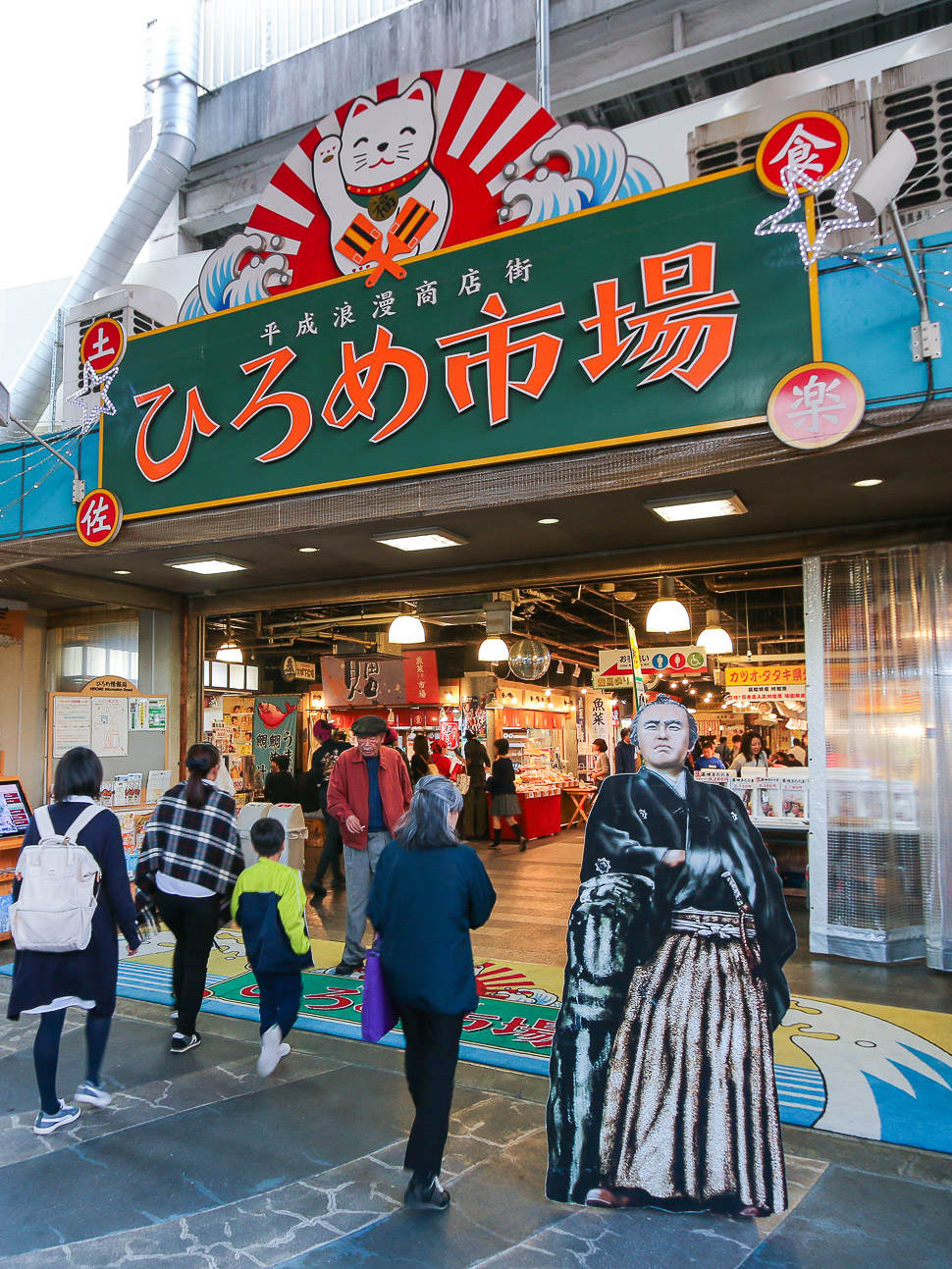
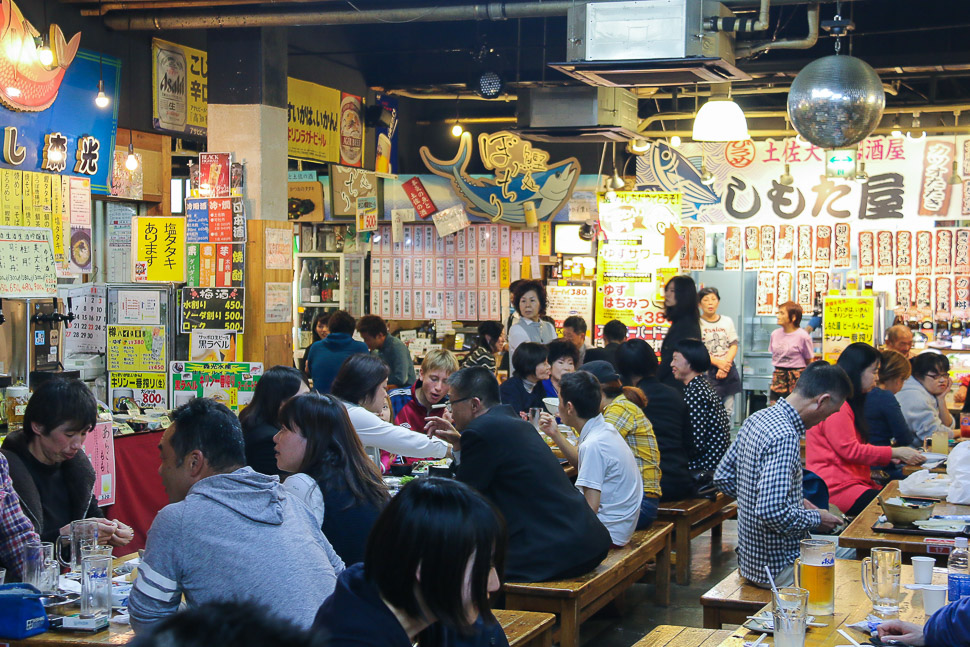
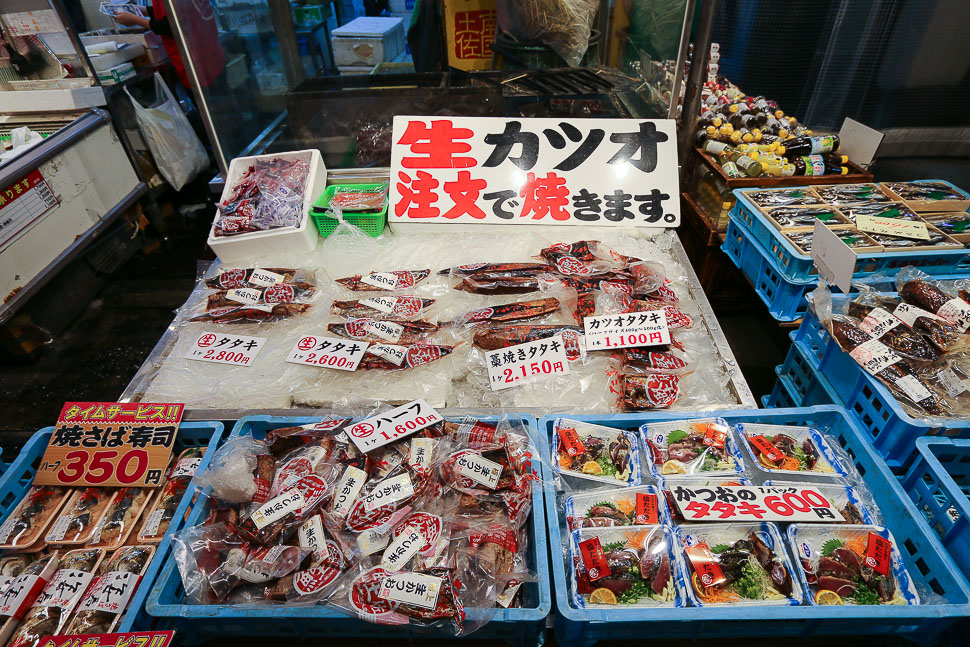
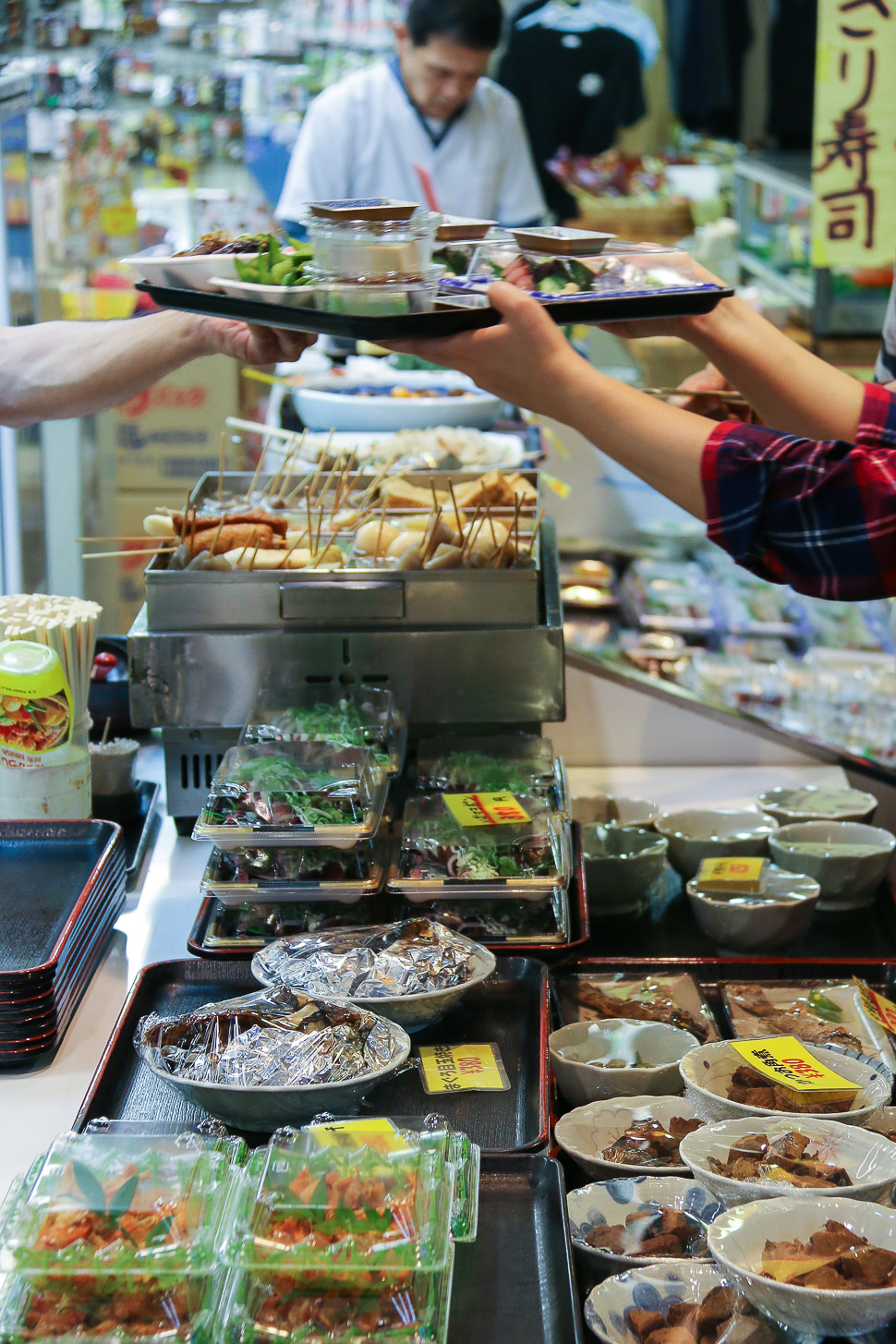
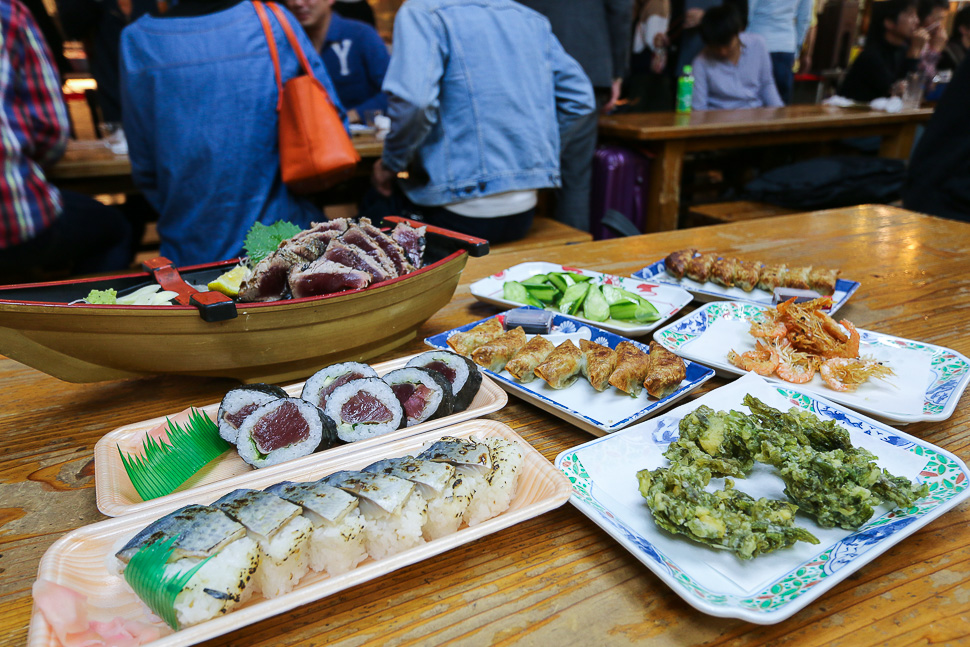
Waking up bright and early the next day, I made my way to Kochi's Sunday Market which runs along the street perpendicular to Kochi Castle's Otemon main gate. The market is one of the oldest running markets in the country with a history of about 300 years, and is held from sunrise to 18:00 every Sunday. Visitors can find lots of reasonably priced straight from the farm local produce, home-made food, and other knick knacks. Definitely an experience not to be missed if you are in the city on a Sunday, mingling with locals and visitors alike, munching on local delicacies as you stroll down the street.
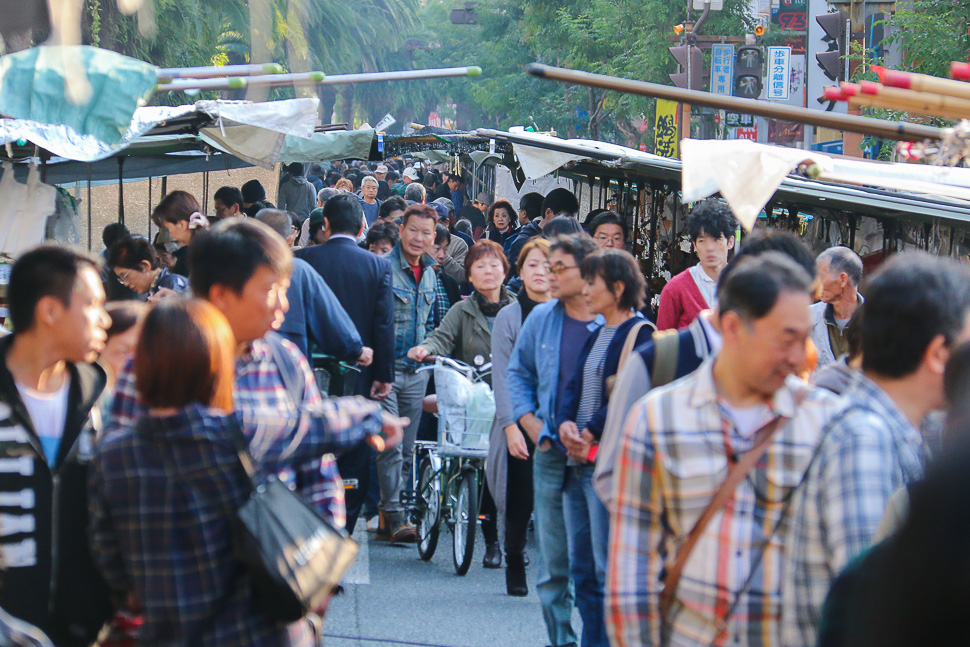
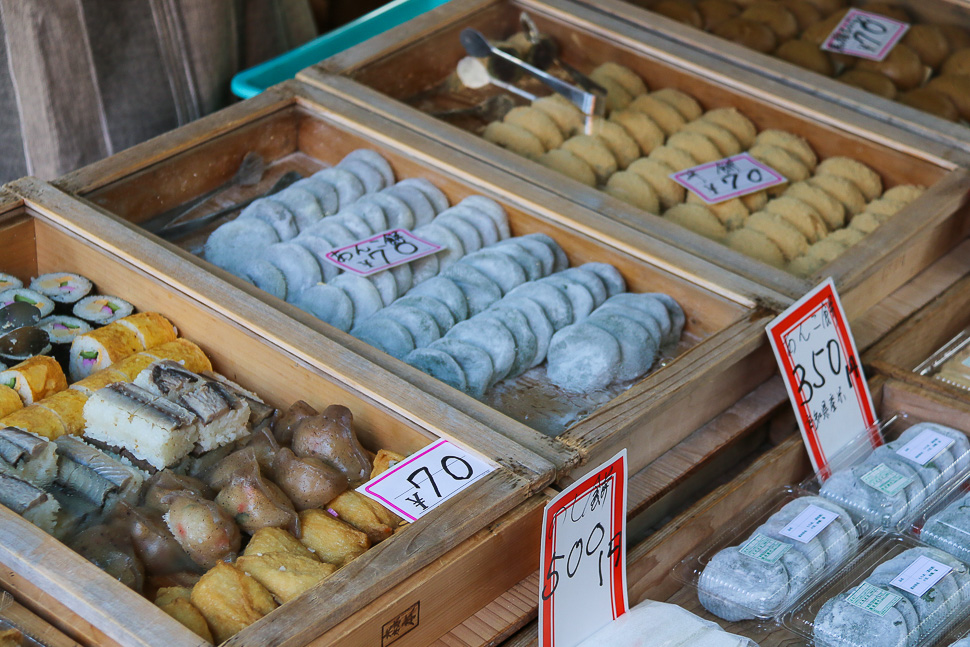
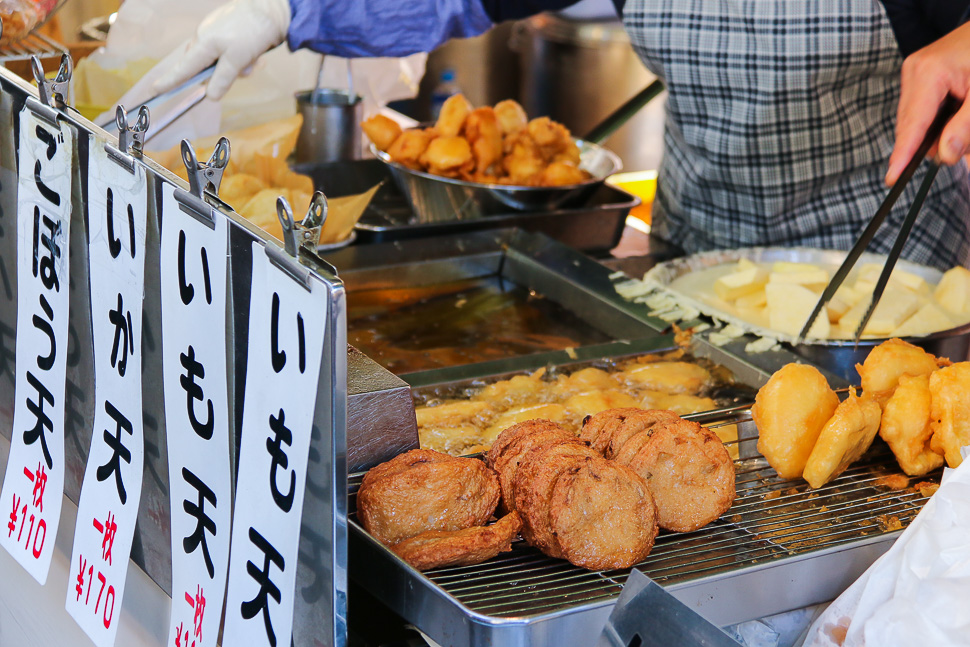
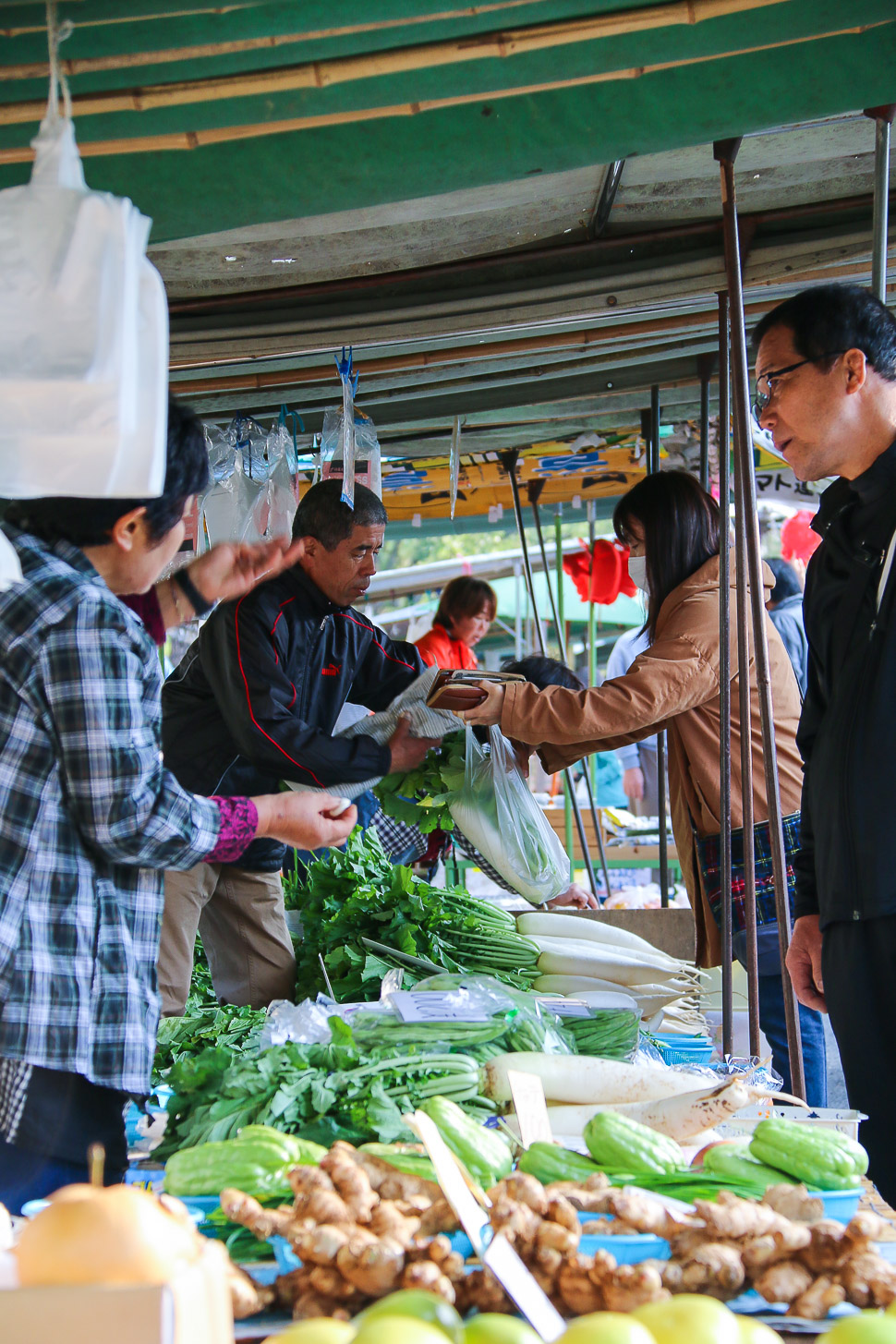
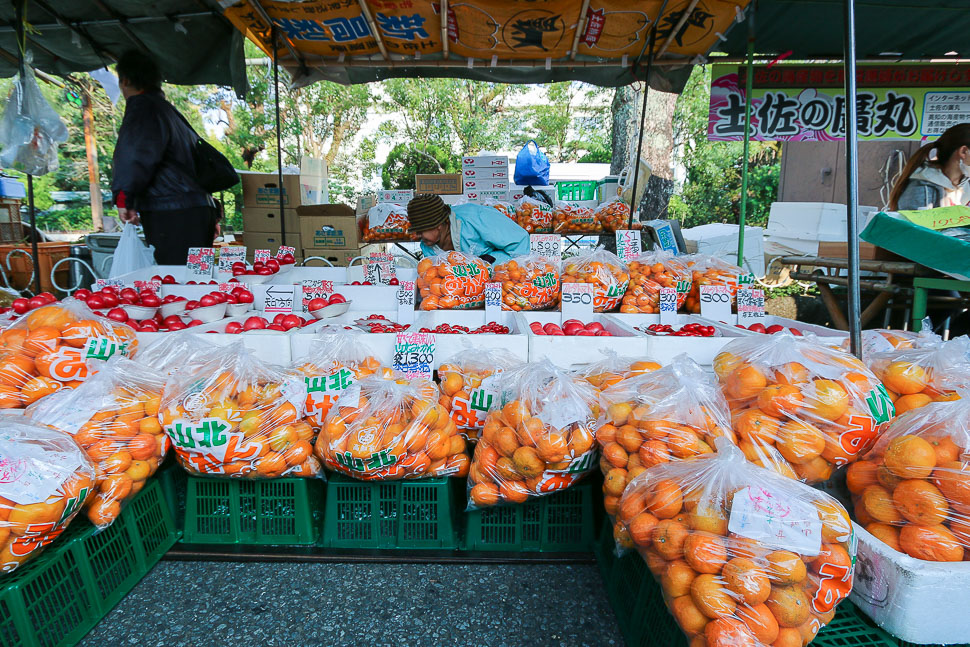
My walk through the Sunday Market led to Kochi Castle, which was conveniently next on my to-see list. No trip to Kochi City would be complete without a visit to Kochi Castle - one of the twelve original castles where the castle towers still remain from the Edo Period. Of the twelve, there are only three castles where the original main gate (otemon) still survives alongside the castle tower: Marugame Castle in Kagawa Prefecture, Hirosaki Castle in Aomori Prefecture and Kochi Castle. It is quite a rare thing to be able to see both the main gate and castle tower in the same frame, and this unique image can only be seen at Kochi and Marugame; of which the view of the castle tower and otemon gate at Kochi Castle is said to be the most beautiful.
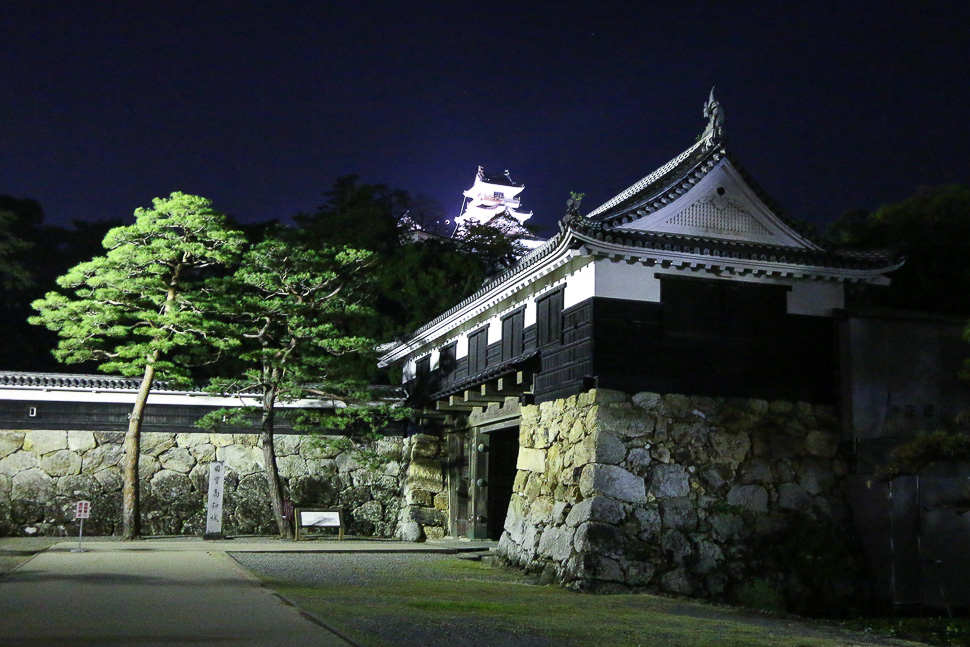
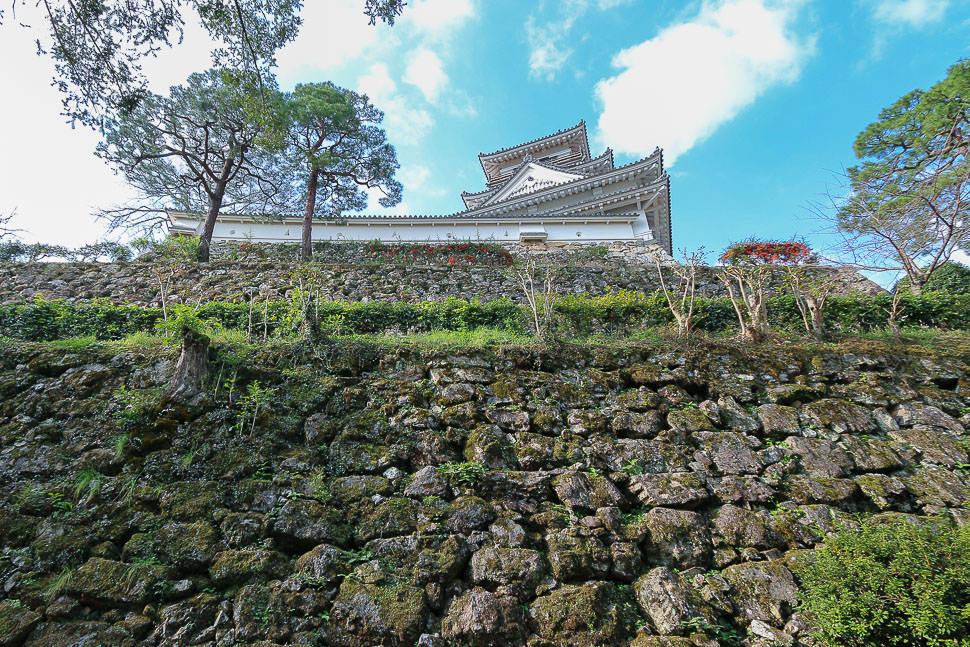
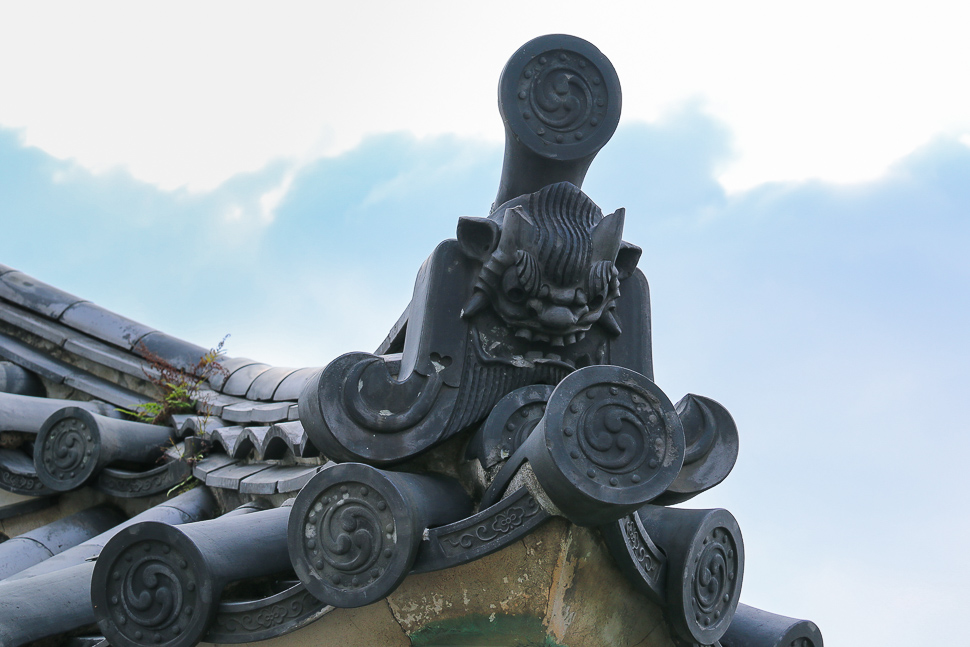
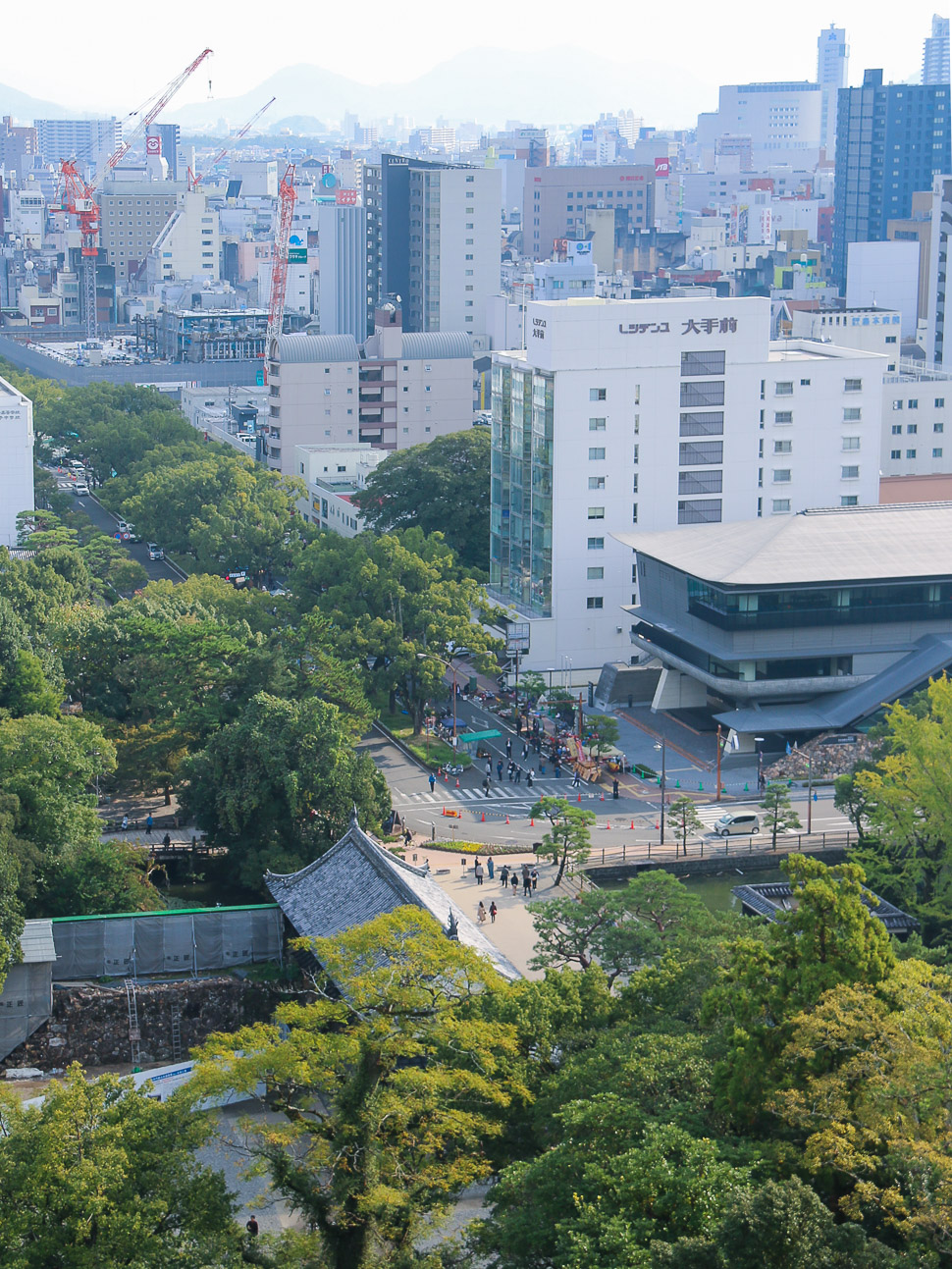
On my tour of the castle, I learned that there were several architectural and engineering techniques that were unique to Kochi Castle, like stone gutters that protruded out from the stone walls which prevented rain from eroding the stones, wide lookout windows along the walls, spikes on the lower levels of the castle ward off potential ninja climbers. The main keep remains as it was from the Edo period and visitors are welcome to take a step into the past, stepping where lords of past used to tread. Being an original castle, be warned that the steps within the castle keep are fairly steep and narrow.
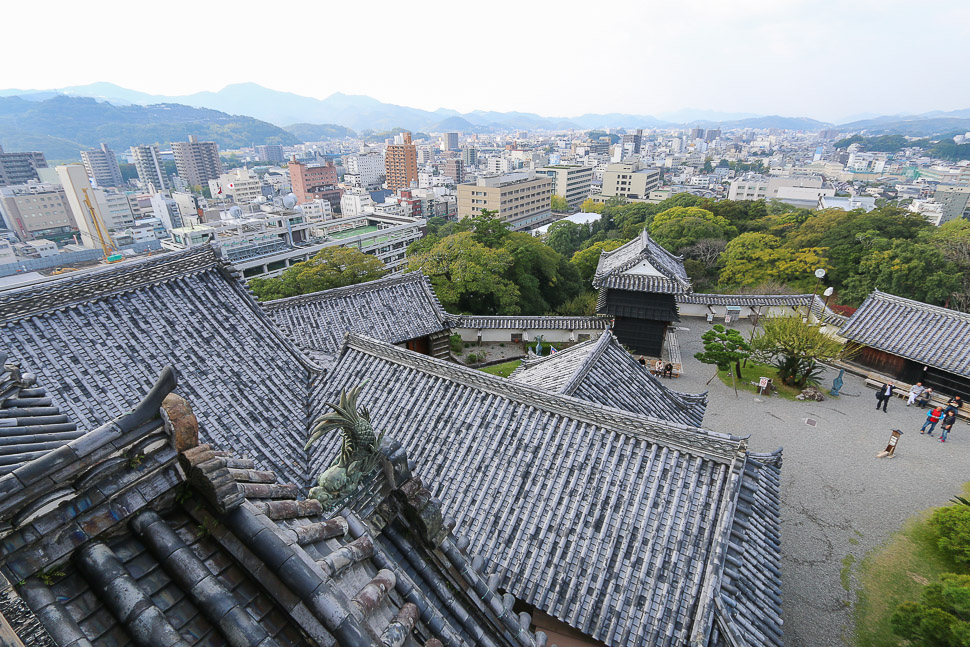
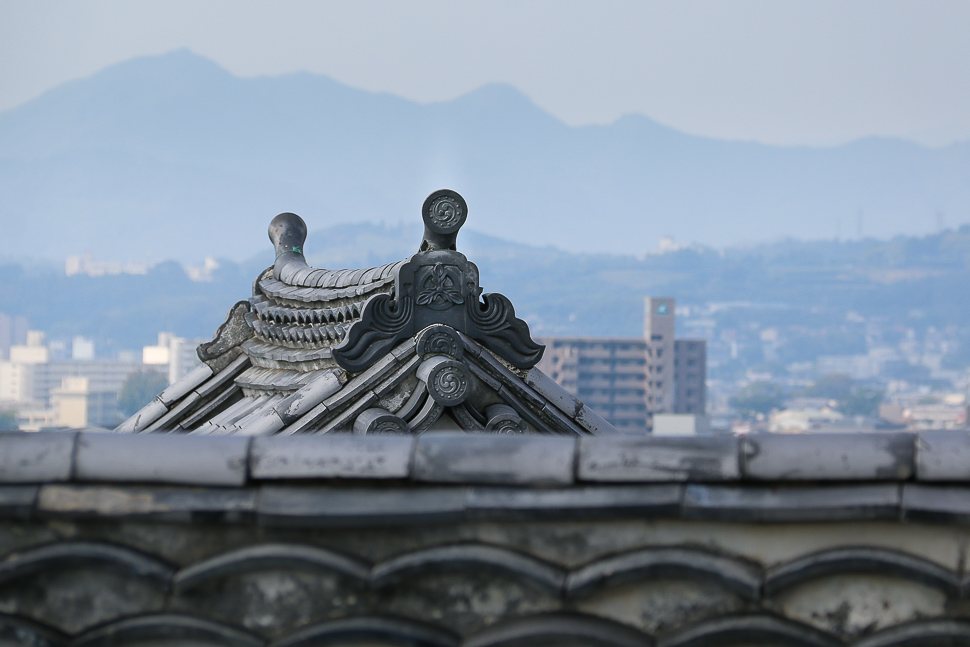
Moving forward a couple hundred years, I visited the beautiful Kitagawa Village "Monet's Garden" Marmottan, more commonly known as Monet's Garden, which opened in 2000. Modelled after the painter Claude Monet's gardens at his home in Giverny, France, the Monet's Garden in Kitagawa is the only garden in the world outside of the one in Giverny to be recognized by the Foundation Claude Monet.
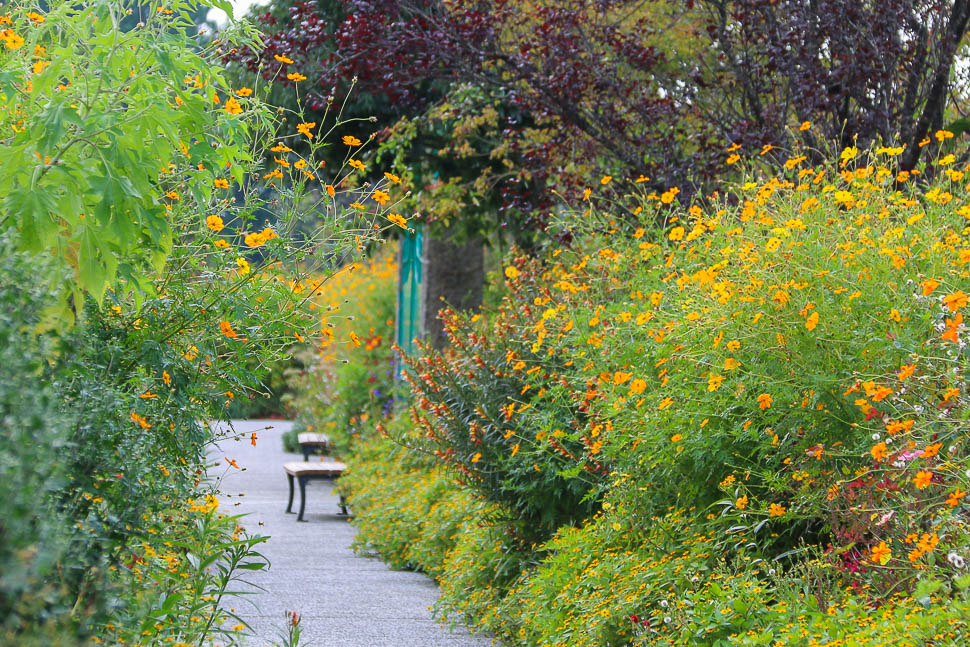
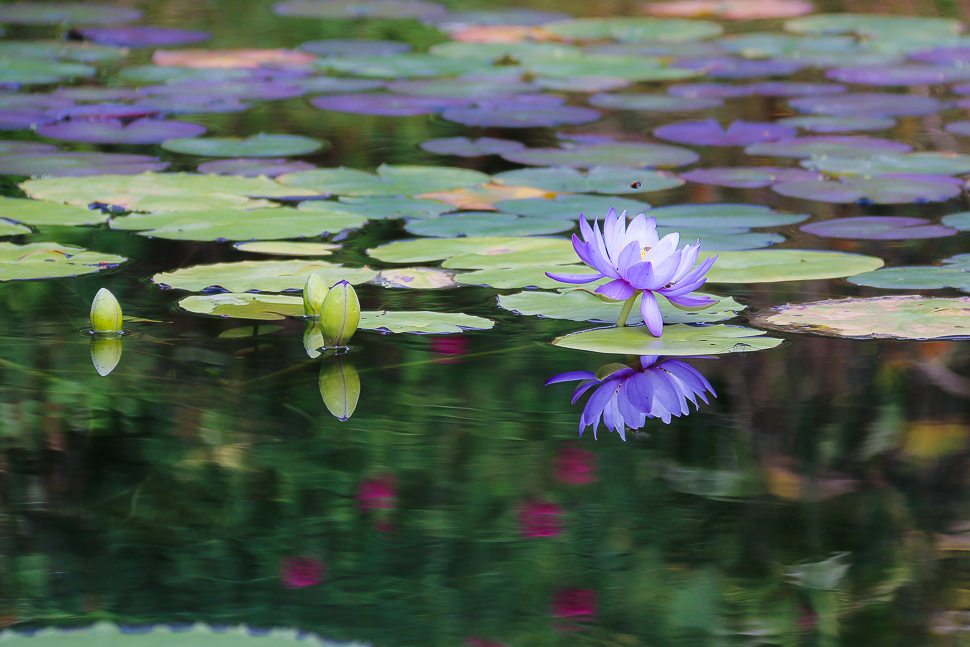
The Monet's Garden spans about eight hectares, or about 2 Tokyo Domes, and walking around it leisurely takes about three hours. One of the best things about the garden is that touching and smelling the leaves and flowers is encouraged, and allows for a closer connection to nature. Many of the greenery asides from trees and flowers are herbs, and it smelled absolutely delightful as I strolled through the garden. As a recognized Monet-design garden, there were times when I felt like I was walking in a 4D Monet painting - the fourth dimension being the scent as I strolled through the real life work of art.
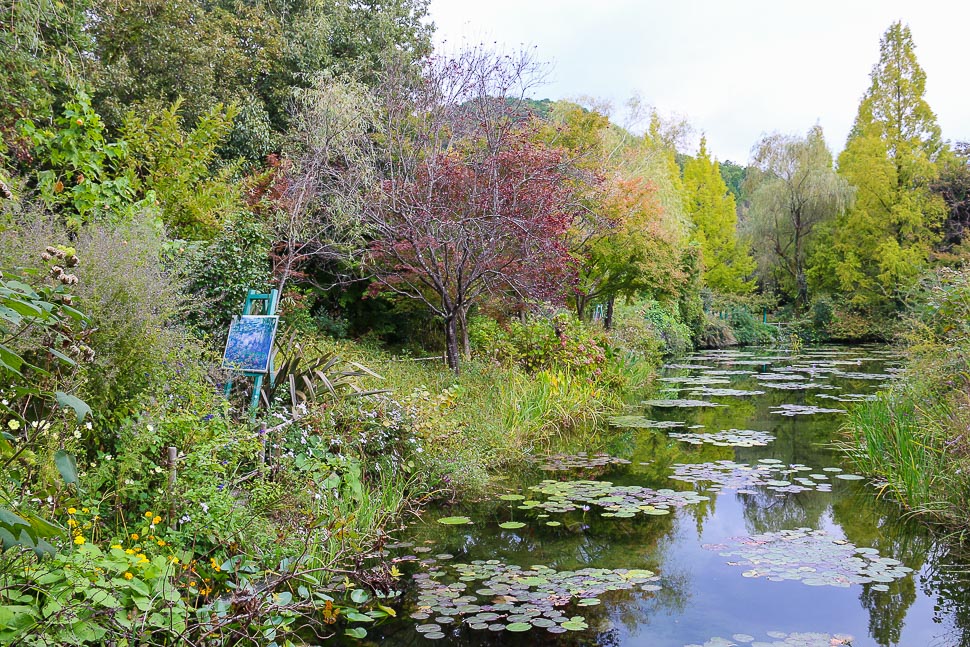
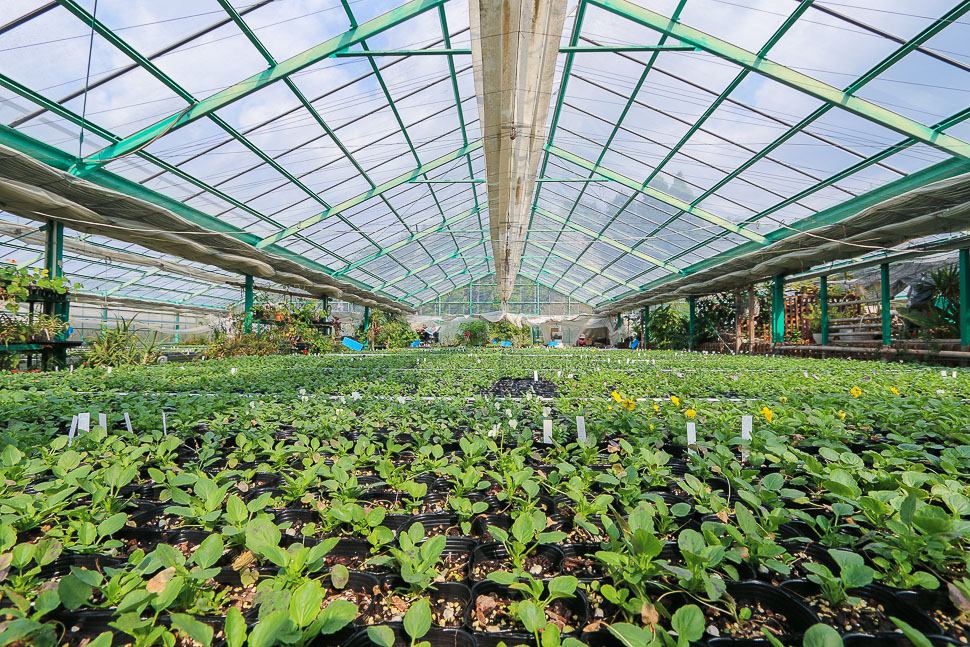
From the beautifully landscaped garden, I went to the Ioki Cave, a designated natural monument of raw beauty. I was half expecting to have to hike deep into the woods to access the cave, but it was just a short walk from the main road. A slightly dark path led through the cave and I found myself in another world. There are about 40 different varieties of fern and moss in the Ioki area, giving it a slightly otherworldly look.
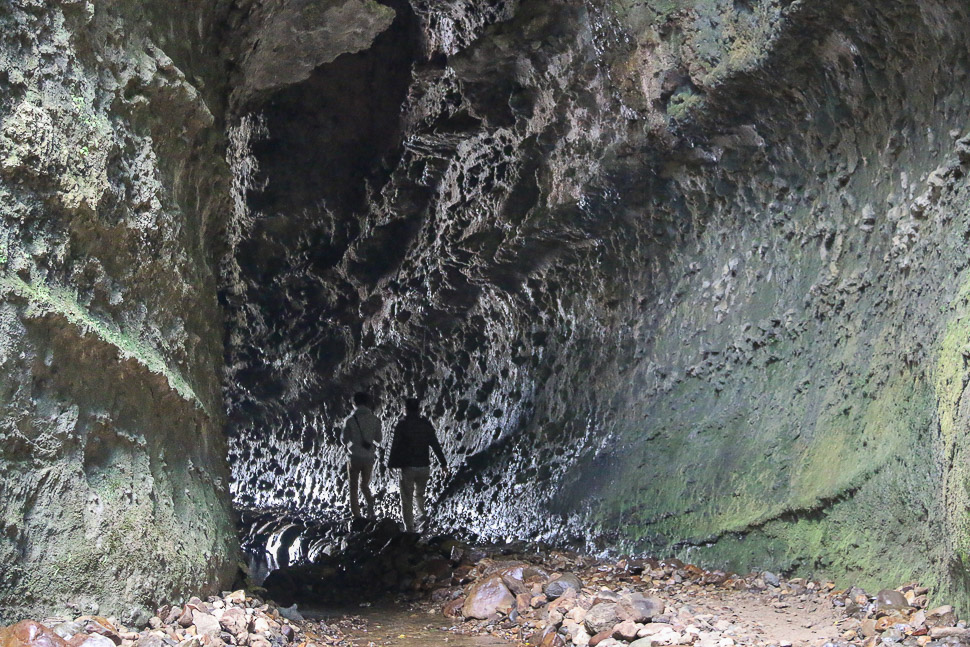
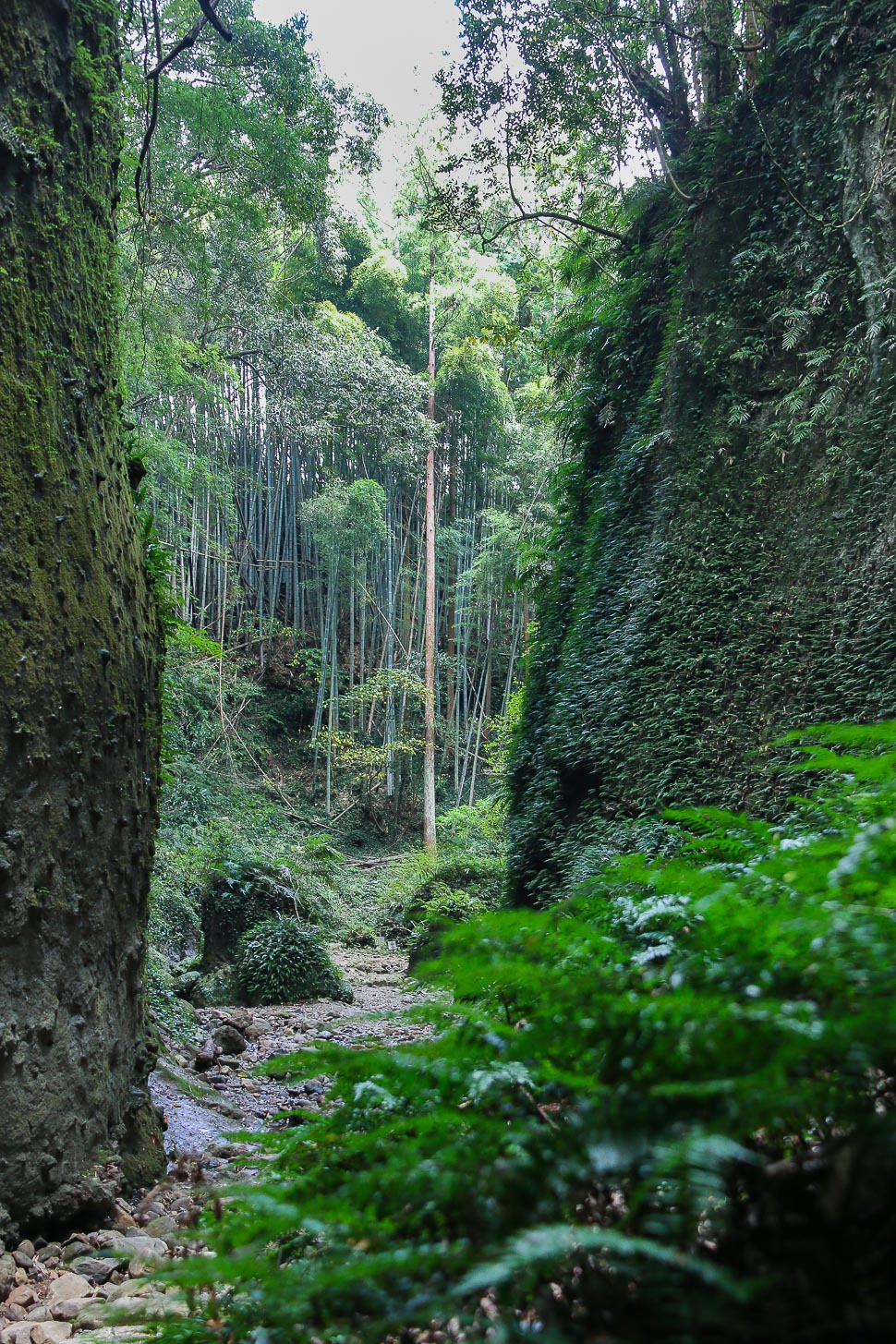
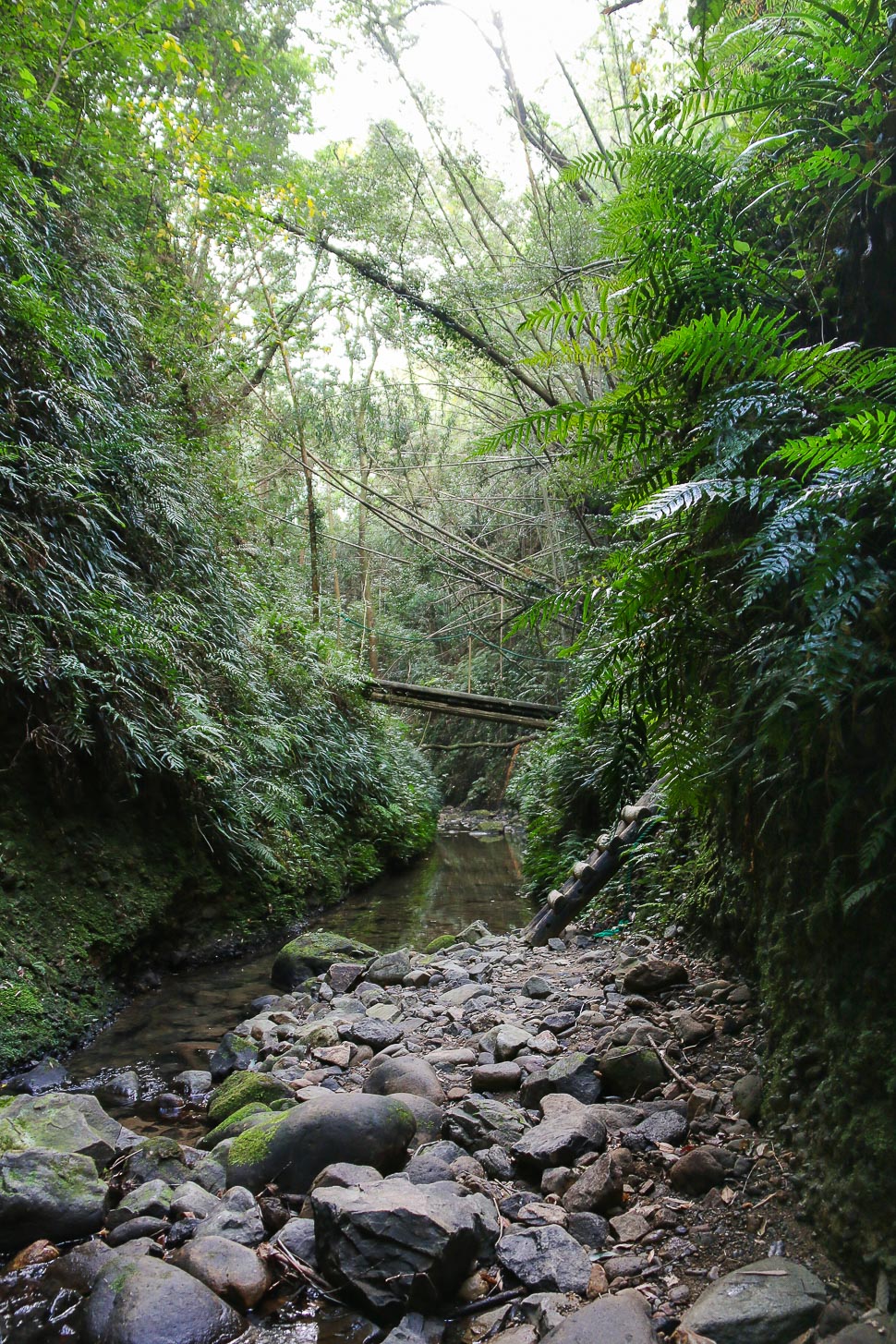
I was reminded of the movie Jurassic Park, being dwarfed by the towering rocks and trees above me and ferns all around me, and mentally prepared myself in the event I see a dinosaur. There were no dinosaurs to be seen, but if you look closely, you could see embedded shells in the rocks as the whole area used to be submerged underwater.
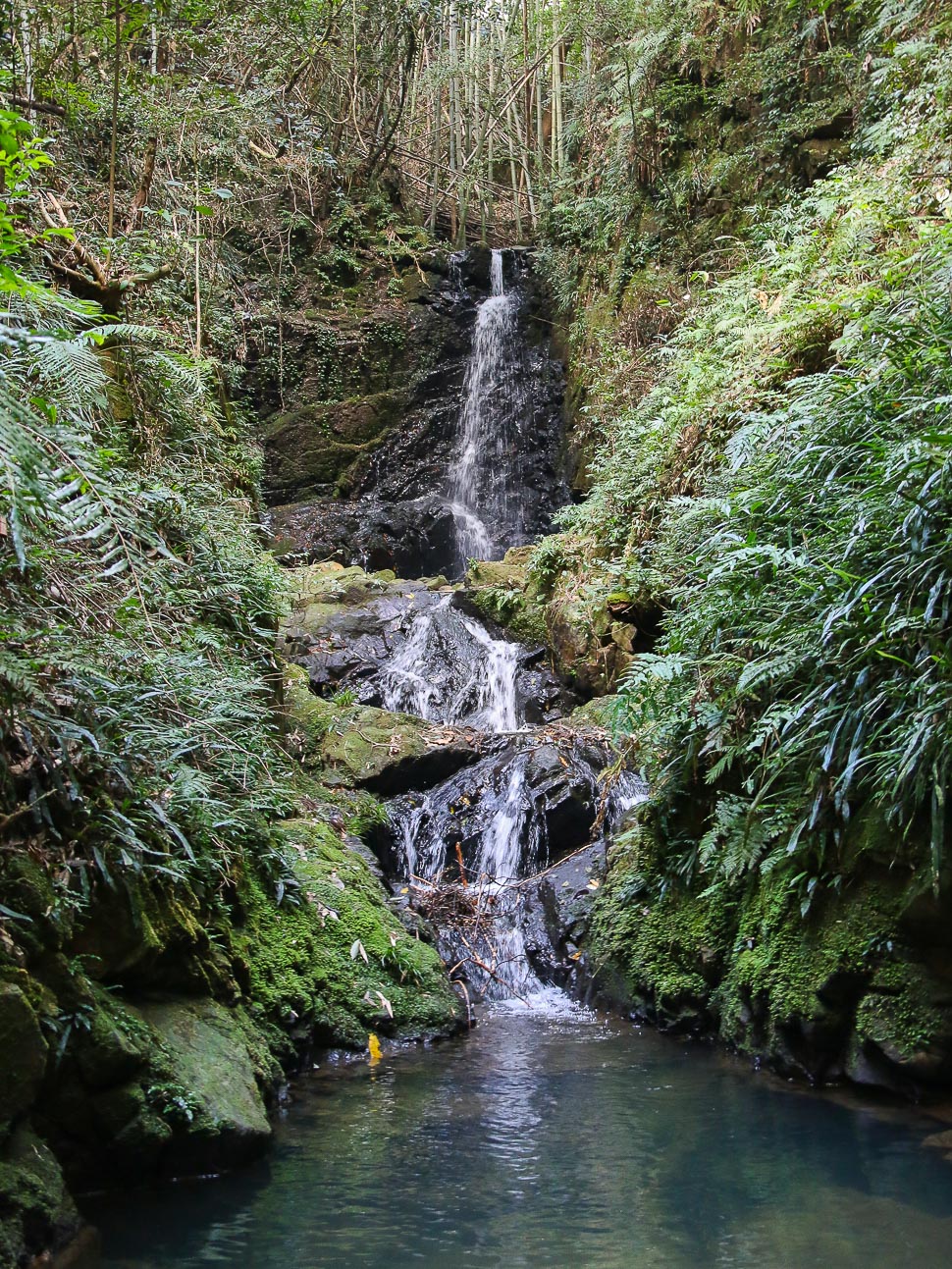
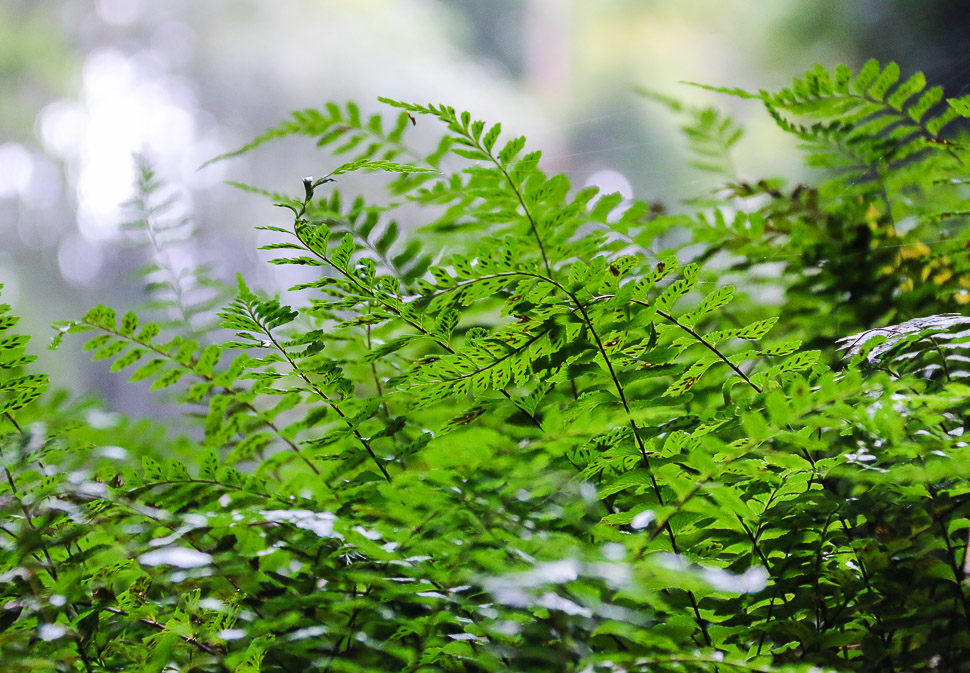
To end my superlative riddled whirlwind trip of Kochi, I paid a visit to the Ekingura, a curious museum, and probably the only museum in Japan showcasing works by local painter Kinzo (affectionately known as Ekin) who painted byobu-e (painted folding screens) in the 19th century. Unlike many museums which do not allow visitors to touch any works, everything in Ekingura can be touched as they are replicas. The original paintings are protected behind glass panels.
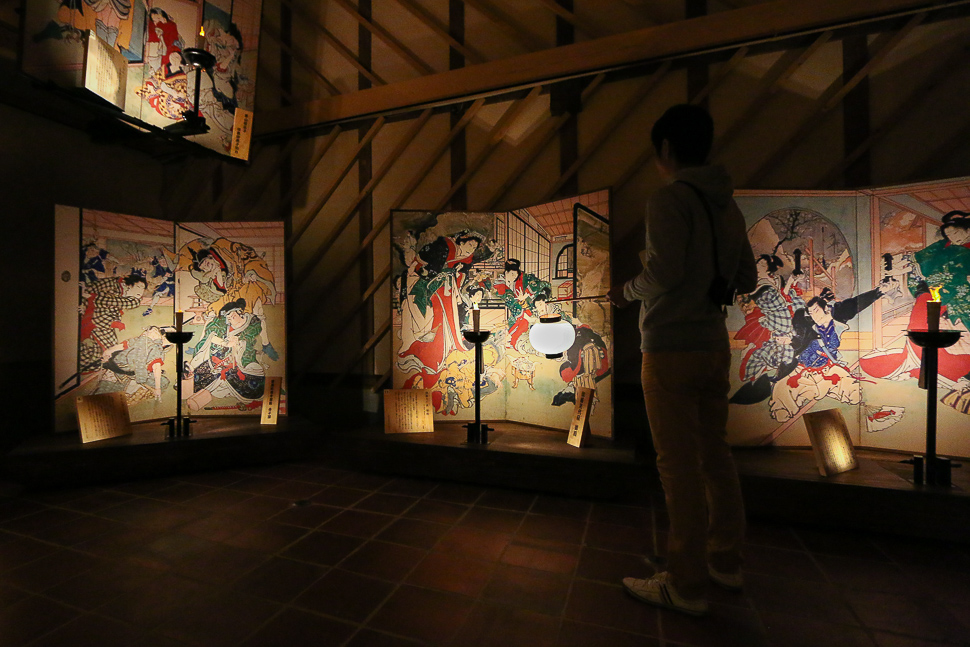
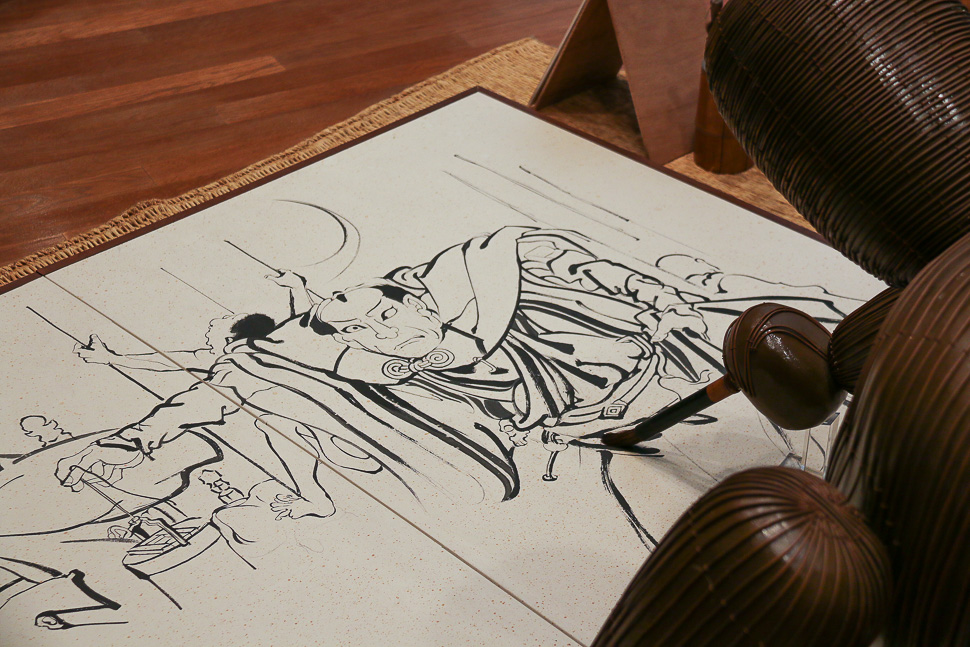
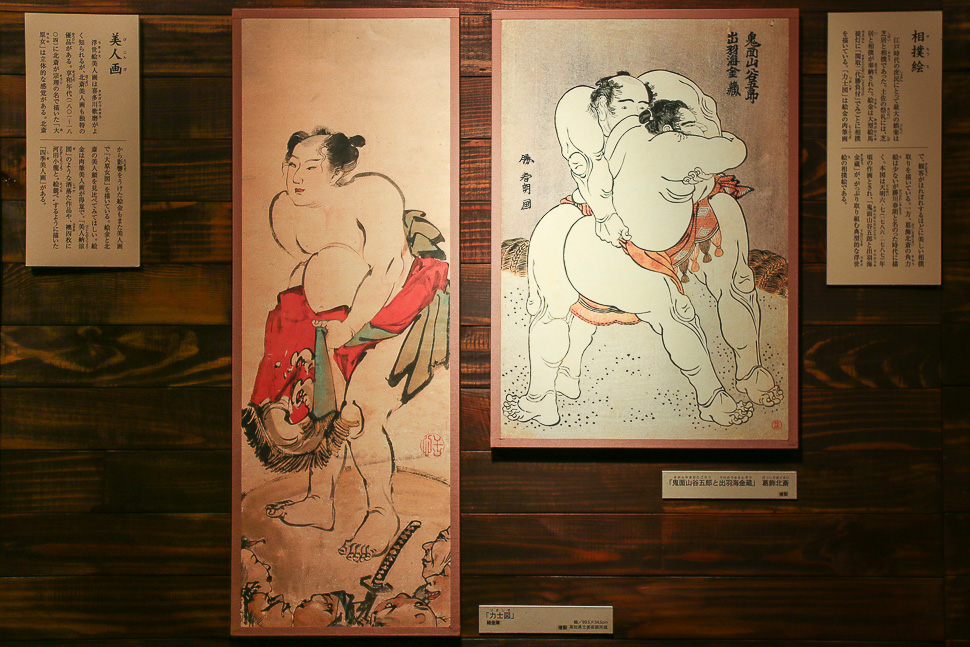
I rounded up my trip to Kochi Prefecture with a walk around the tiny town of Akaoka where the Ekin museum is located. The town is home to three unique local festivals: the Dorome Festival in April, which is pretty much a drinking competition where fastest competitors gulp down about 1.8 liters of sake in about ten seconds; the Ekin Festival in July, a night festival where visitors view Ekin's painted folding screens by candlelight; the Akaoka Summer Festival in winter, a curious flea market festival where heated tables (kotatsu) are laid out along the streets for anyone to use.
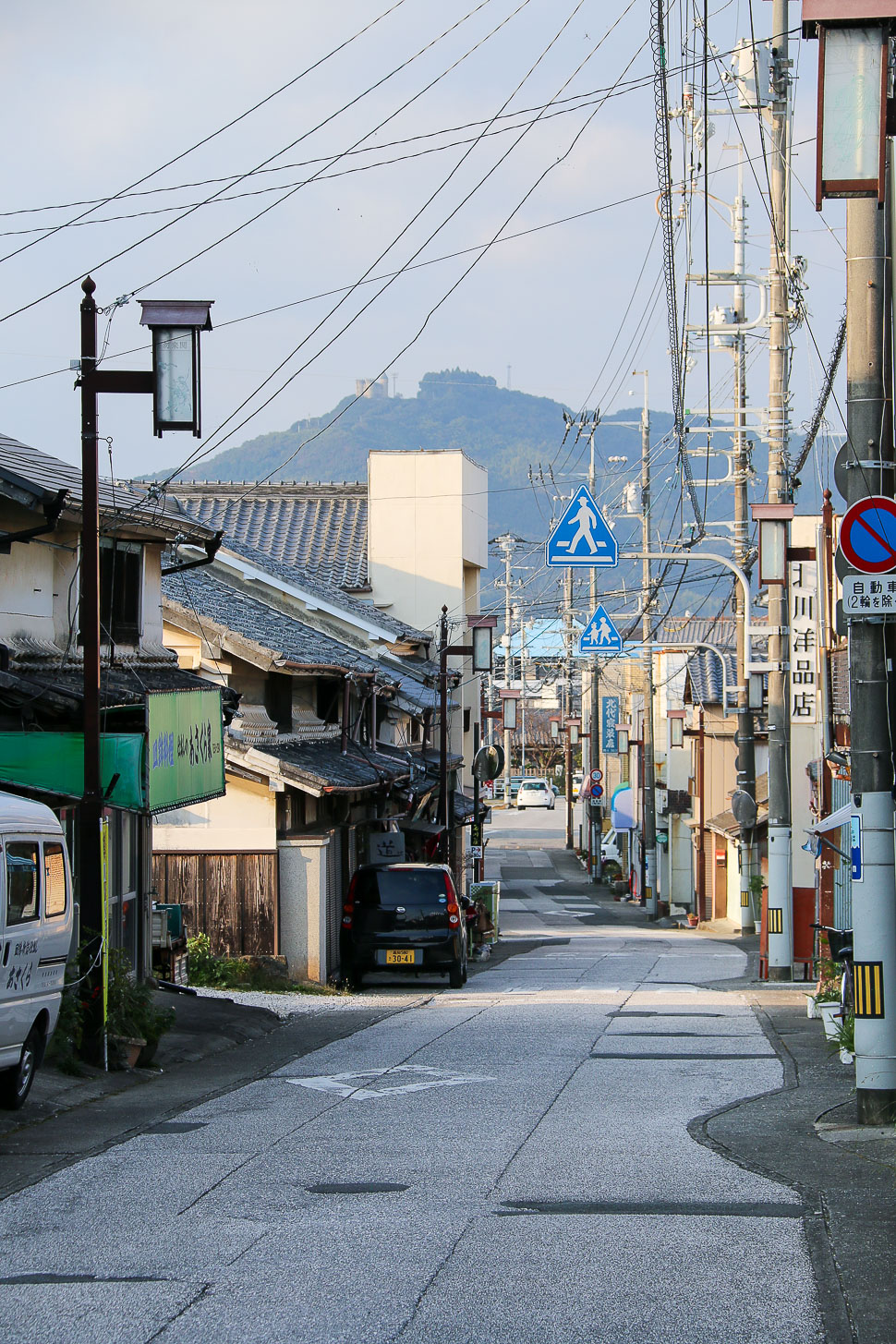
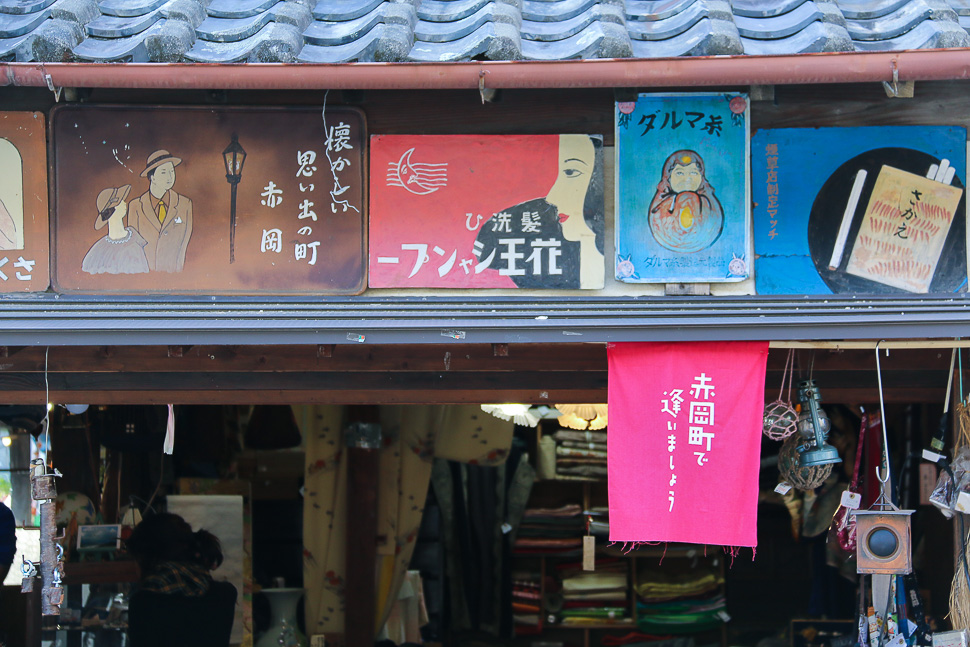
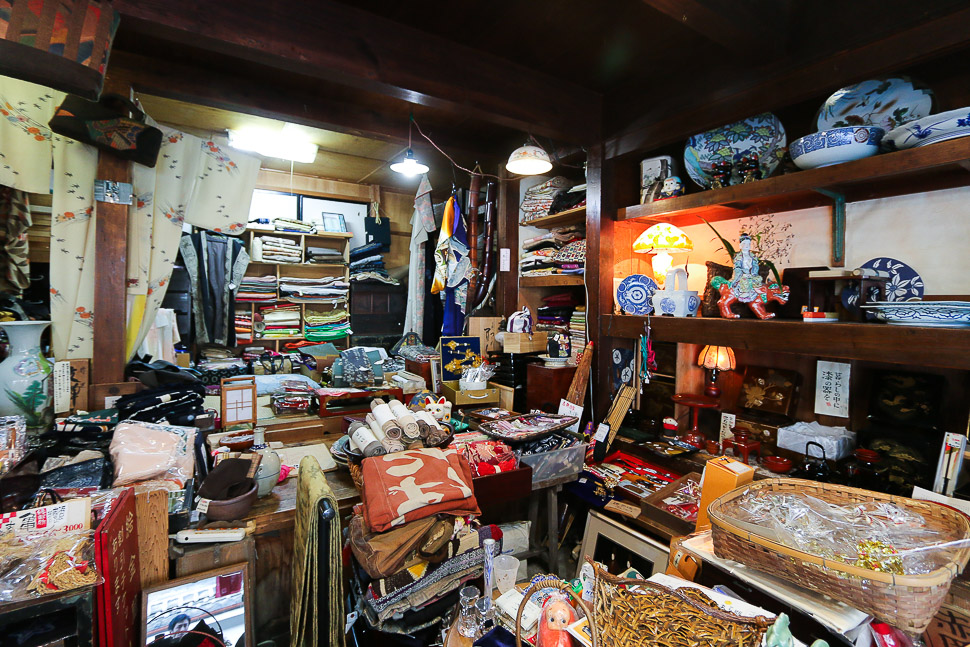
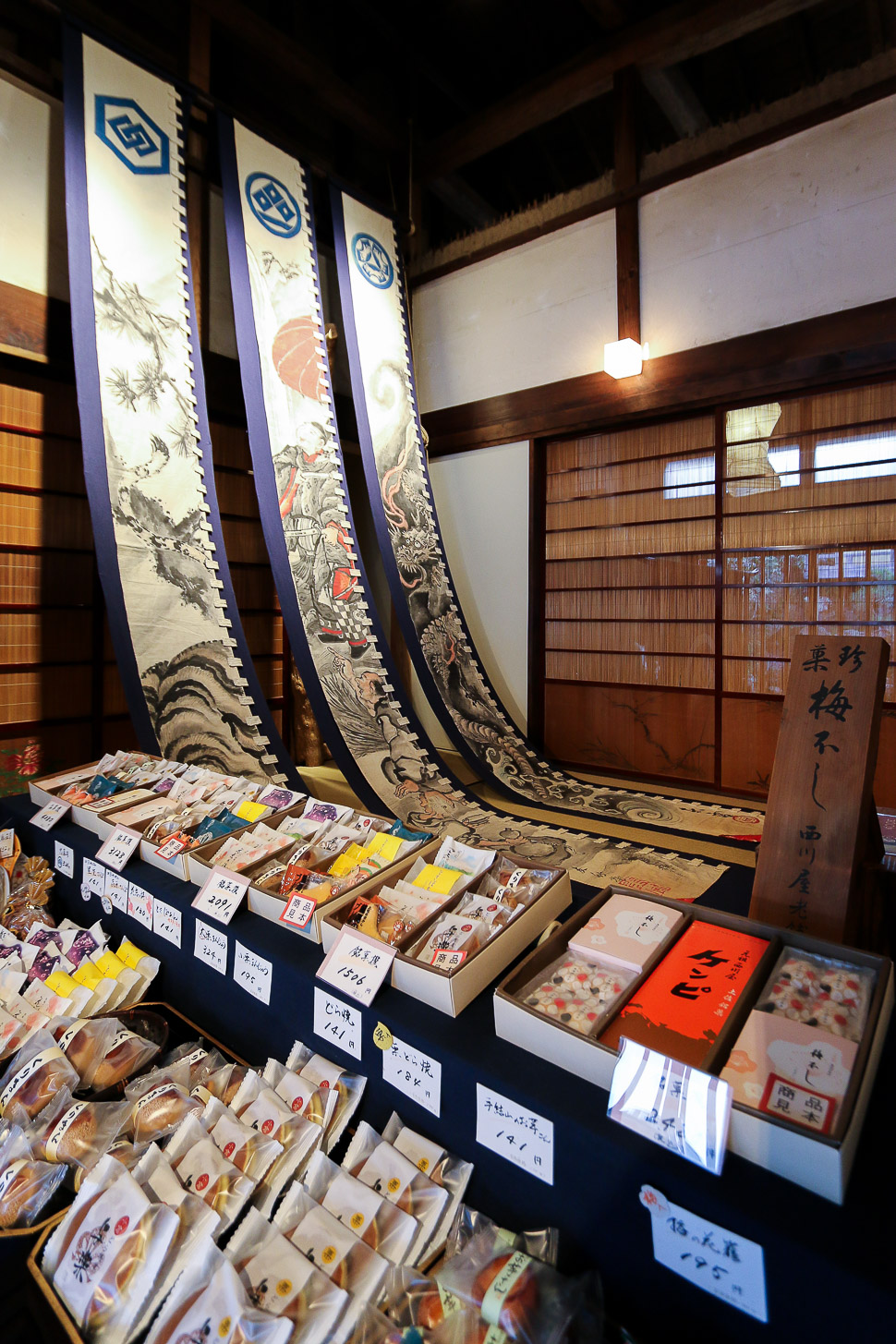
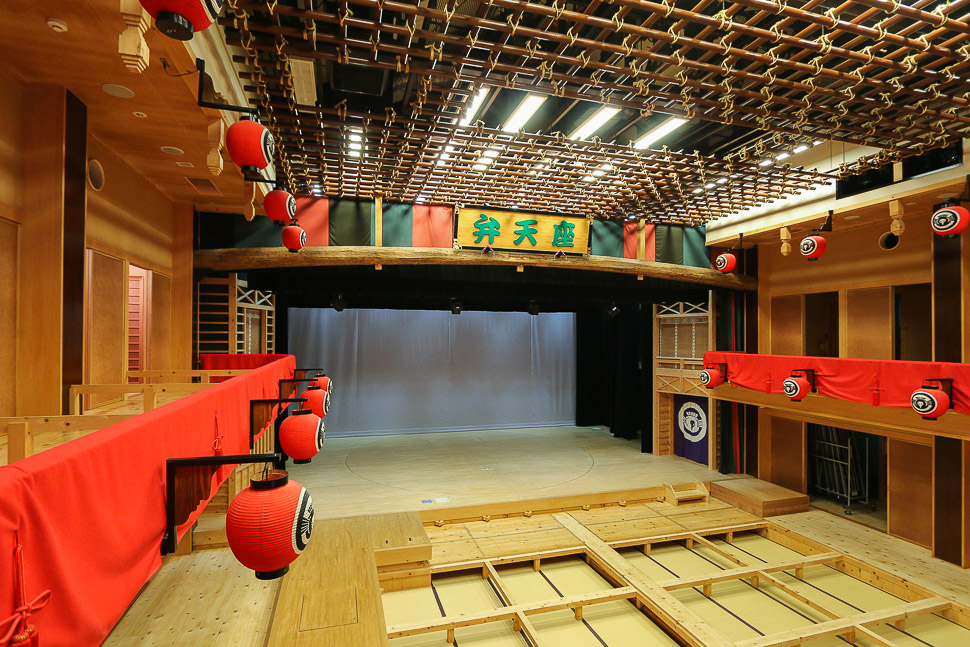
It is not an exaggeration to say that Kochi Prefecture has some of the best things Japan can offer, it's a statement that no one can disagree with! It is safe to say that there will always be something for everyone here in the prefecture.
If you're not sure as to where to go for your next adventure in Japan, consider Kochi and leave the typical tourist route (Tokyo-Osaka-Kyoto) behind. VISIT KOCHI JAPAN, the prefecture's official tourist information website, has suggested itineraries and recommendations on attractions to visit in the prefecture, as well as an extensive database on lodgings and things to see, do and eat. Definitely worth checking out to get some ideas for your next trip to Kochi and equally as useful for those already in the prefecture.
Link
- http://visitkochijapan.com/ (VISIT KOCHI JAPAN)